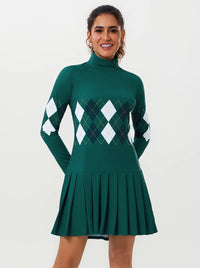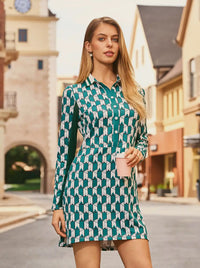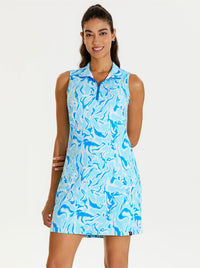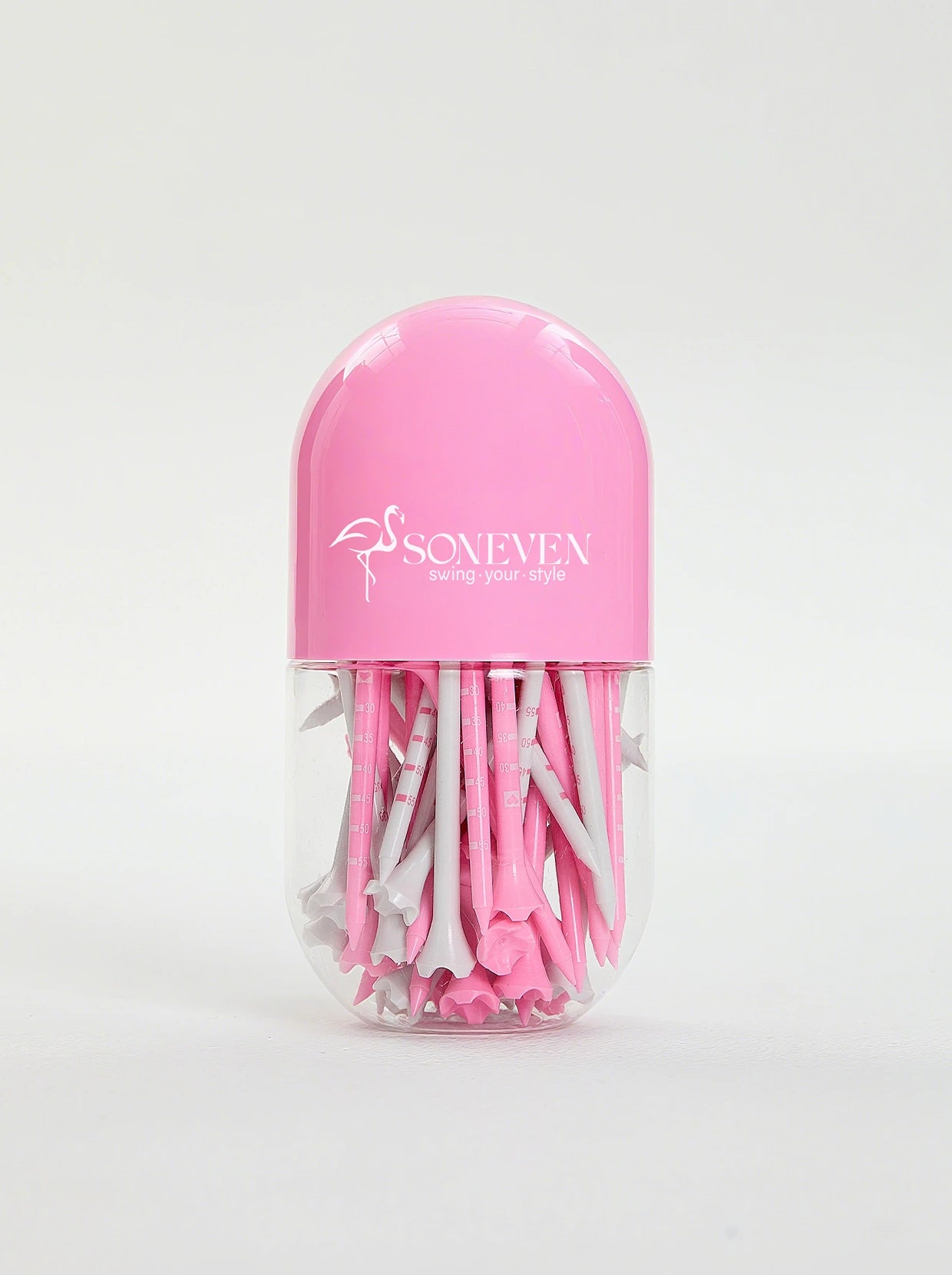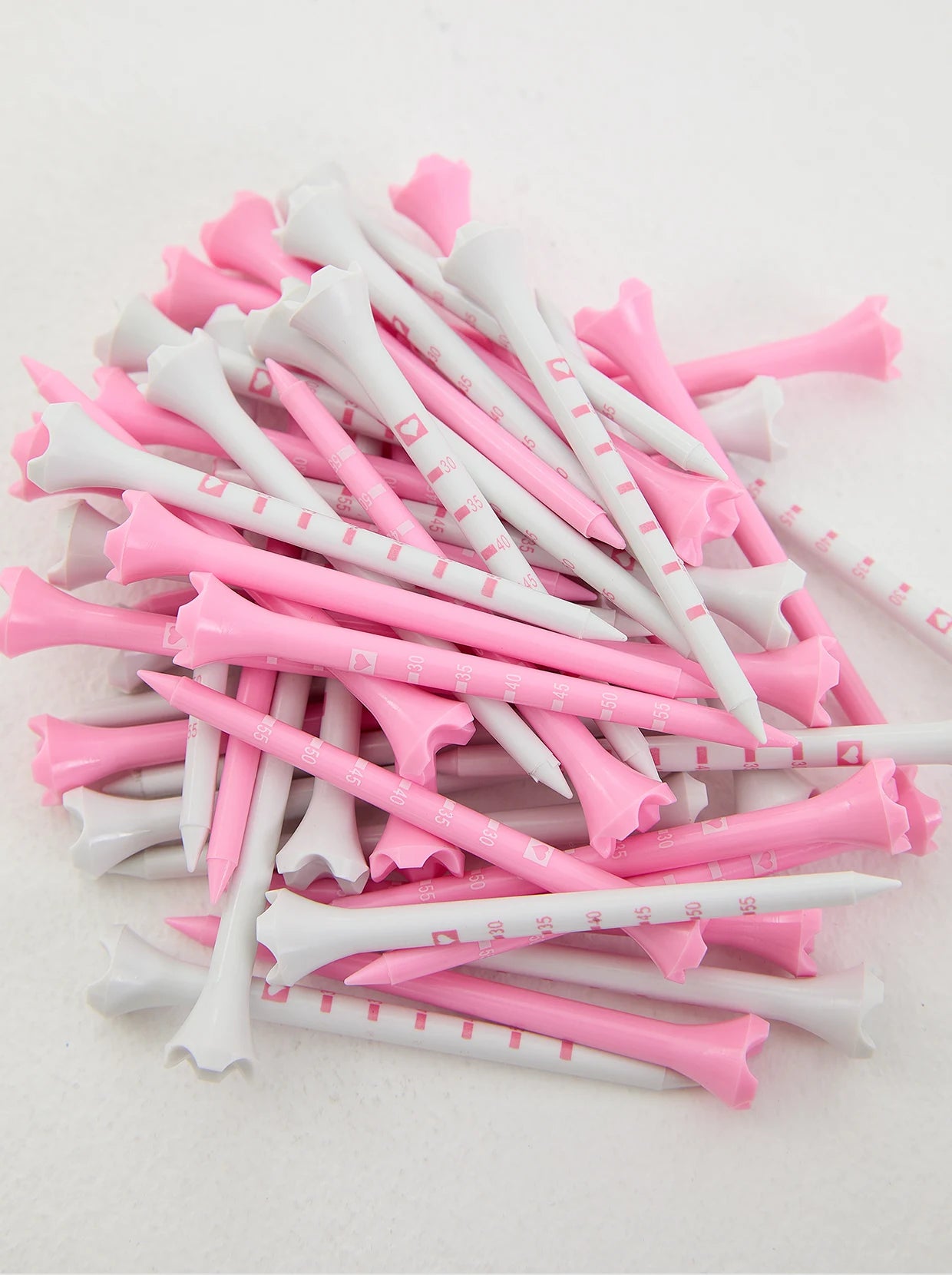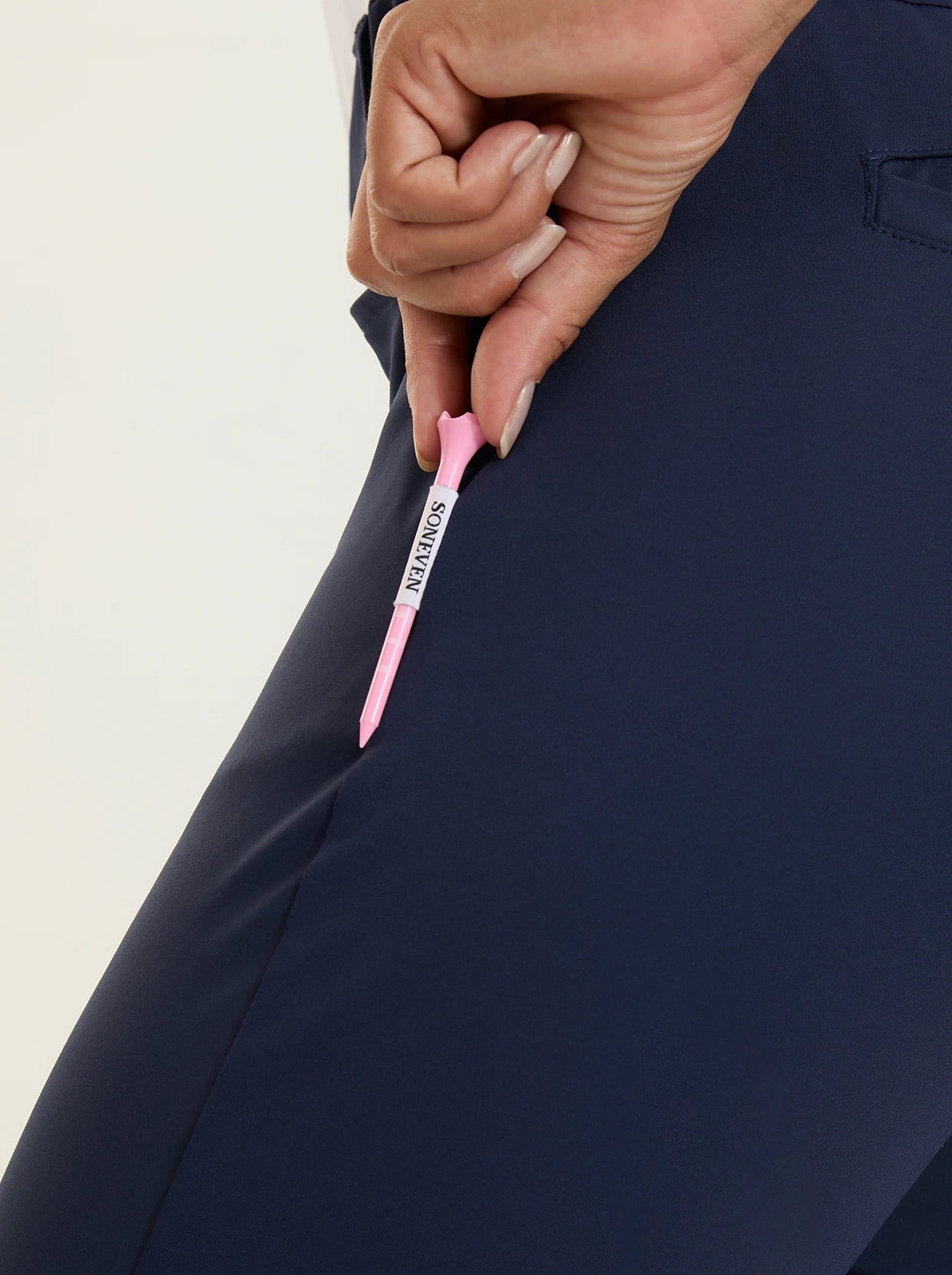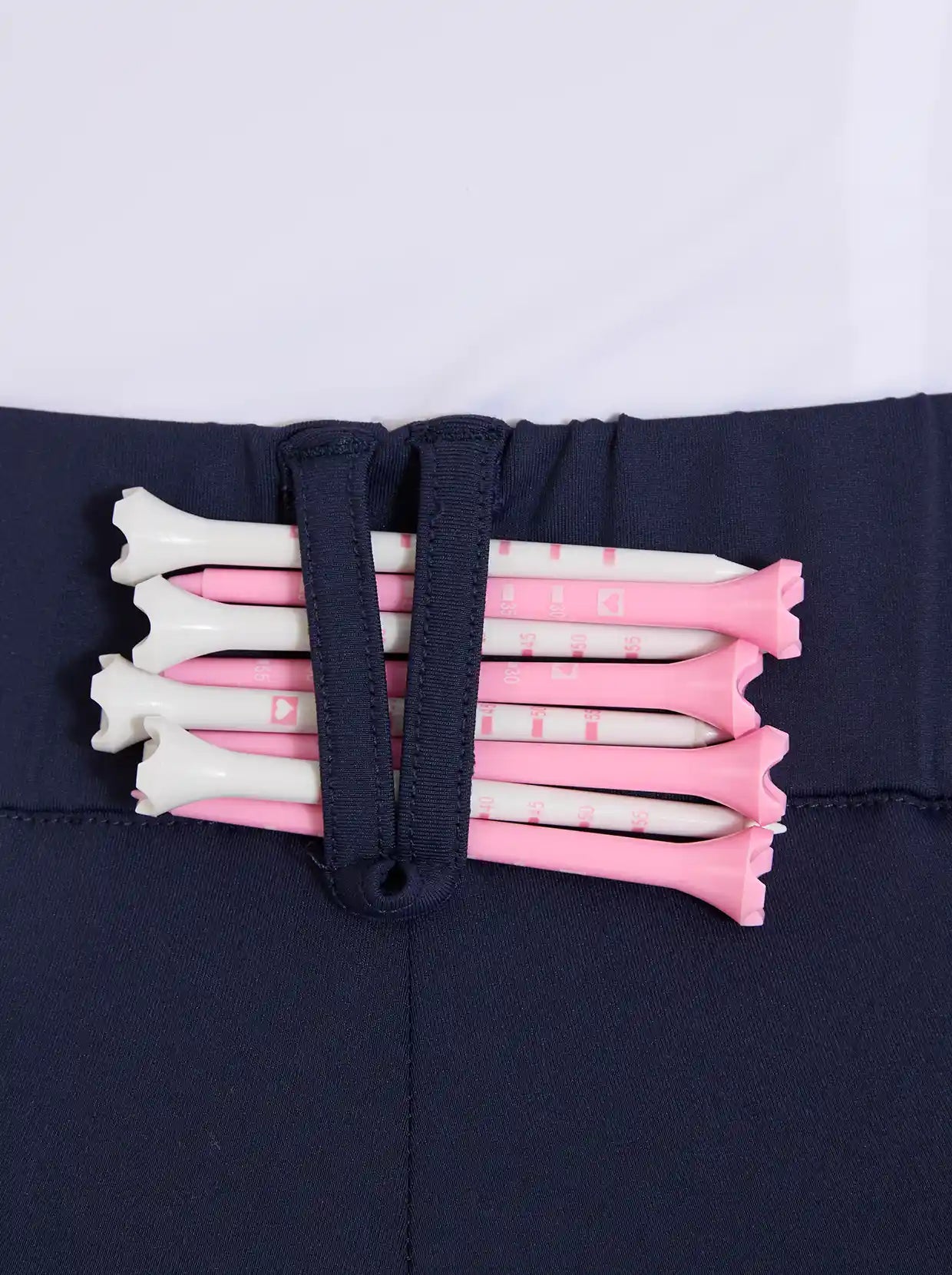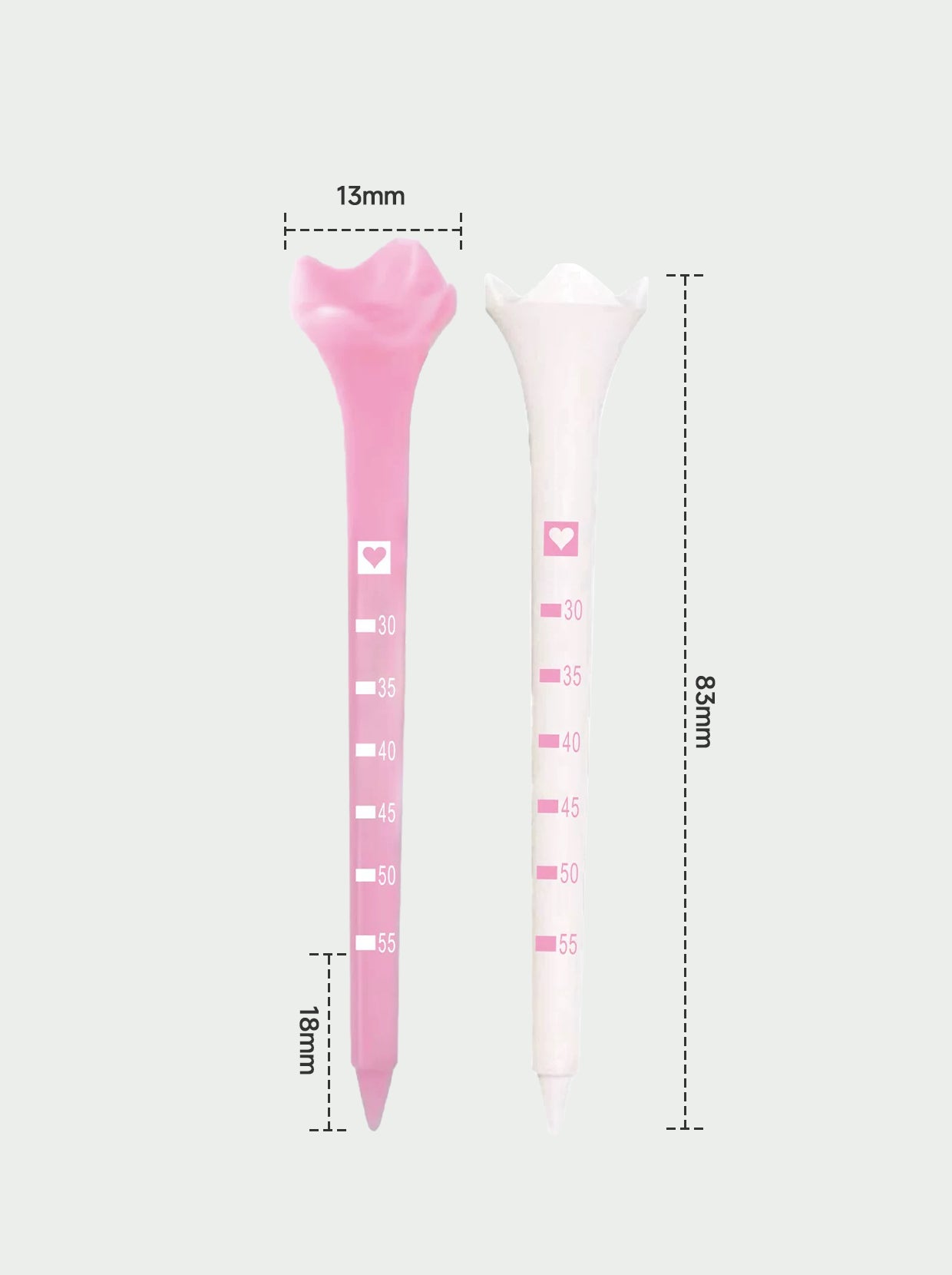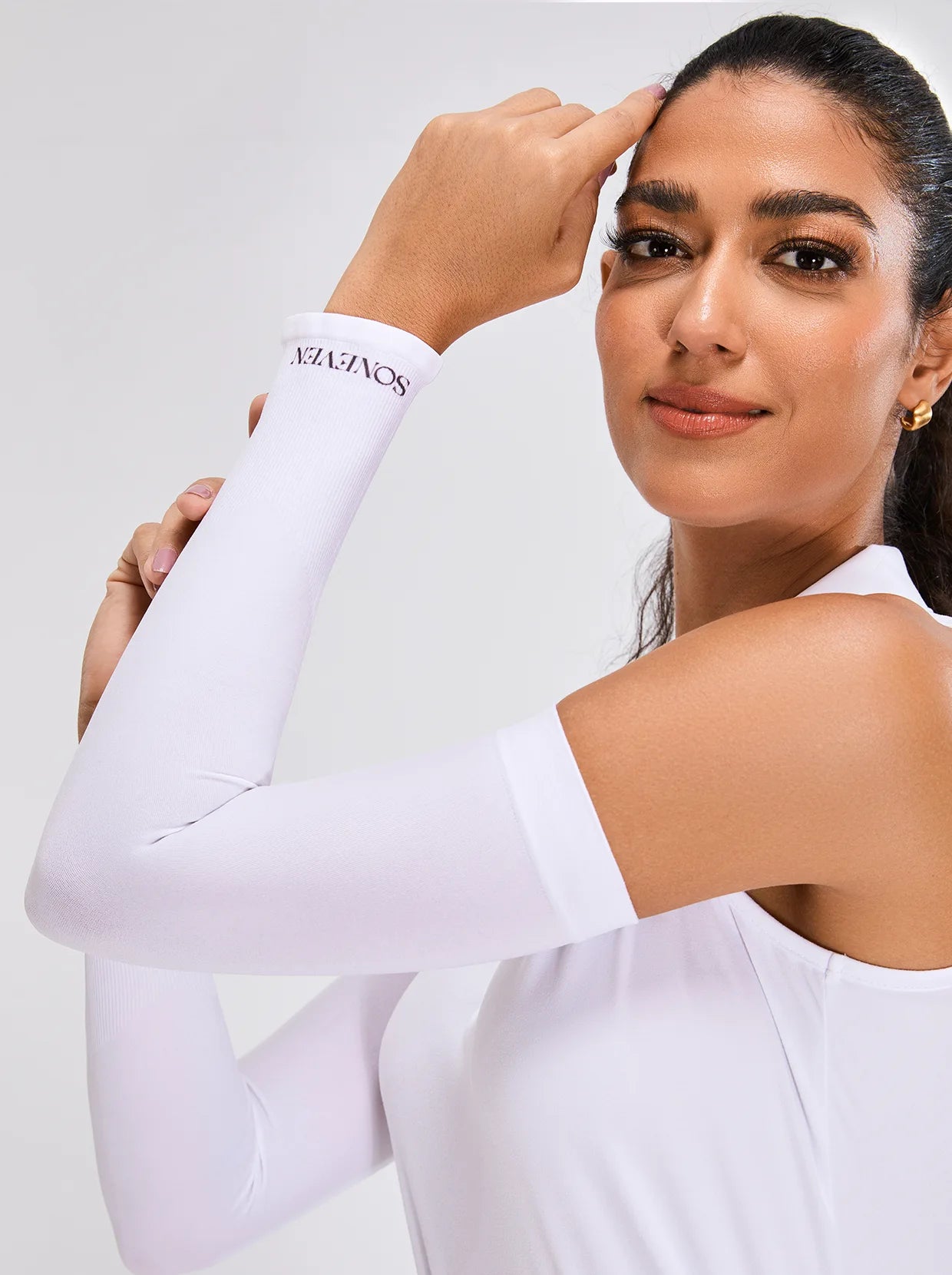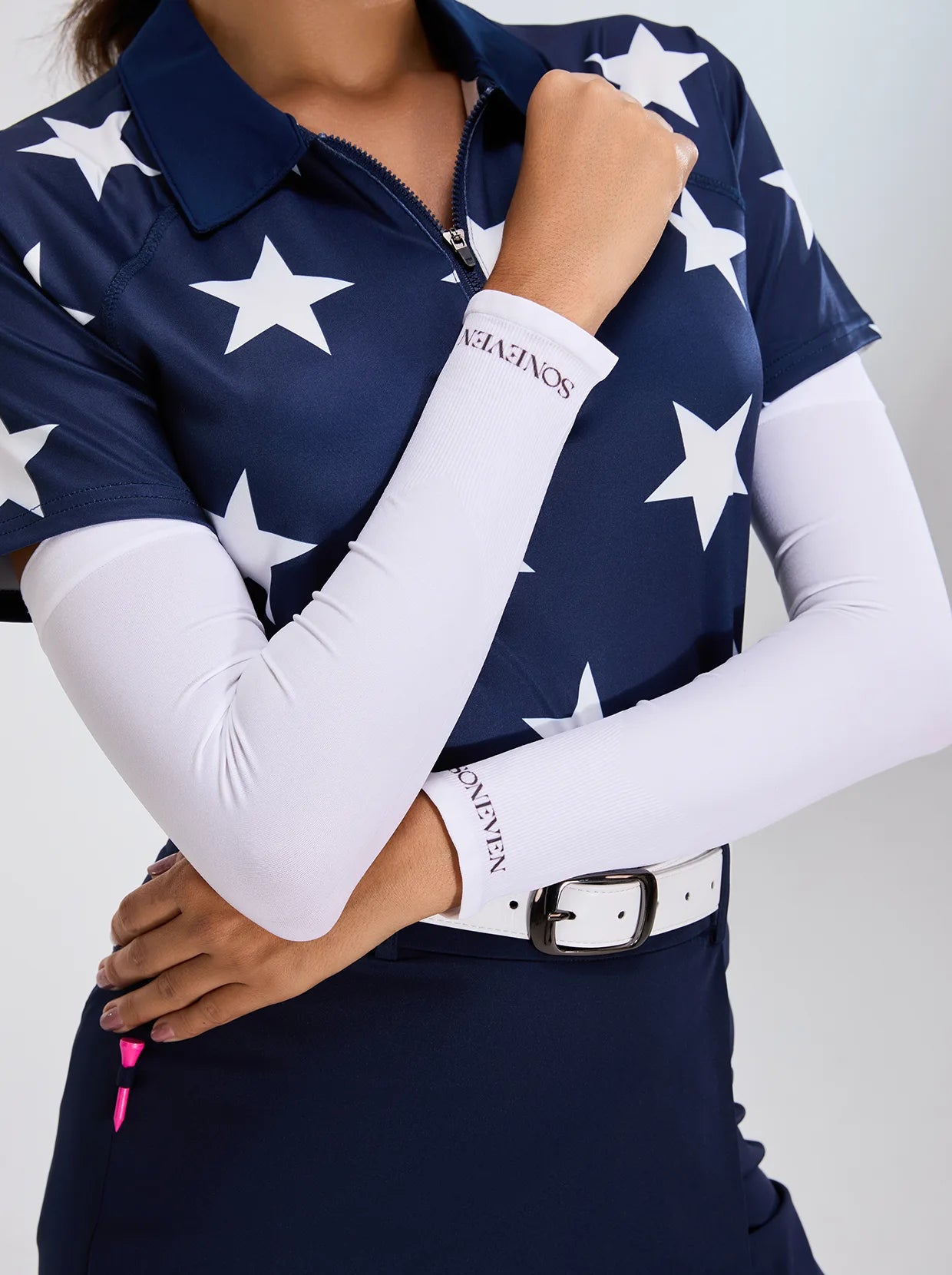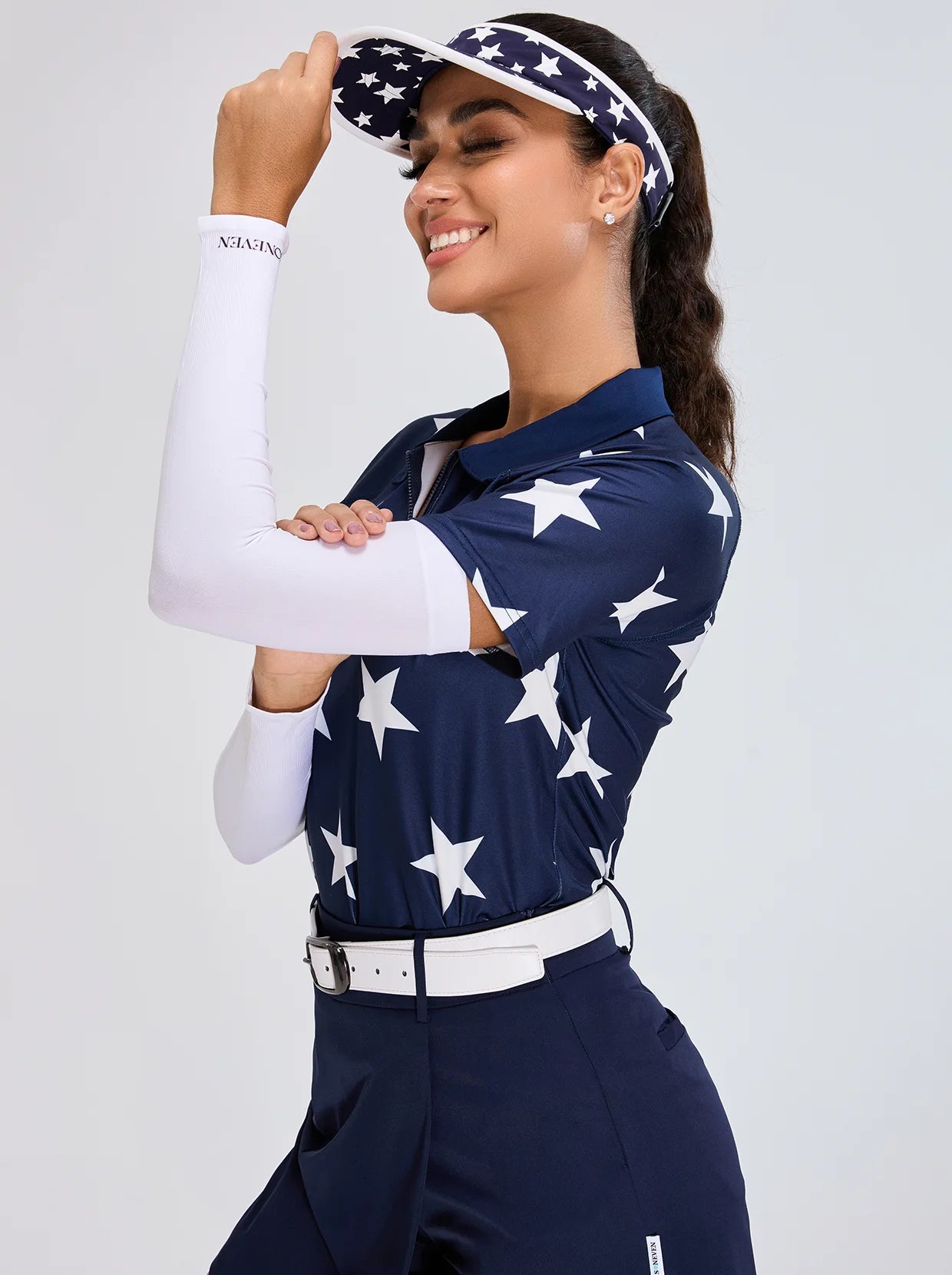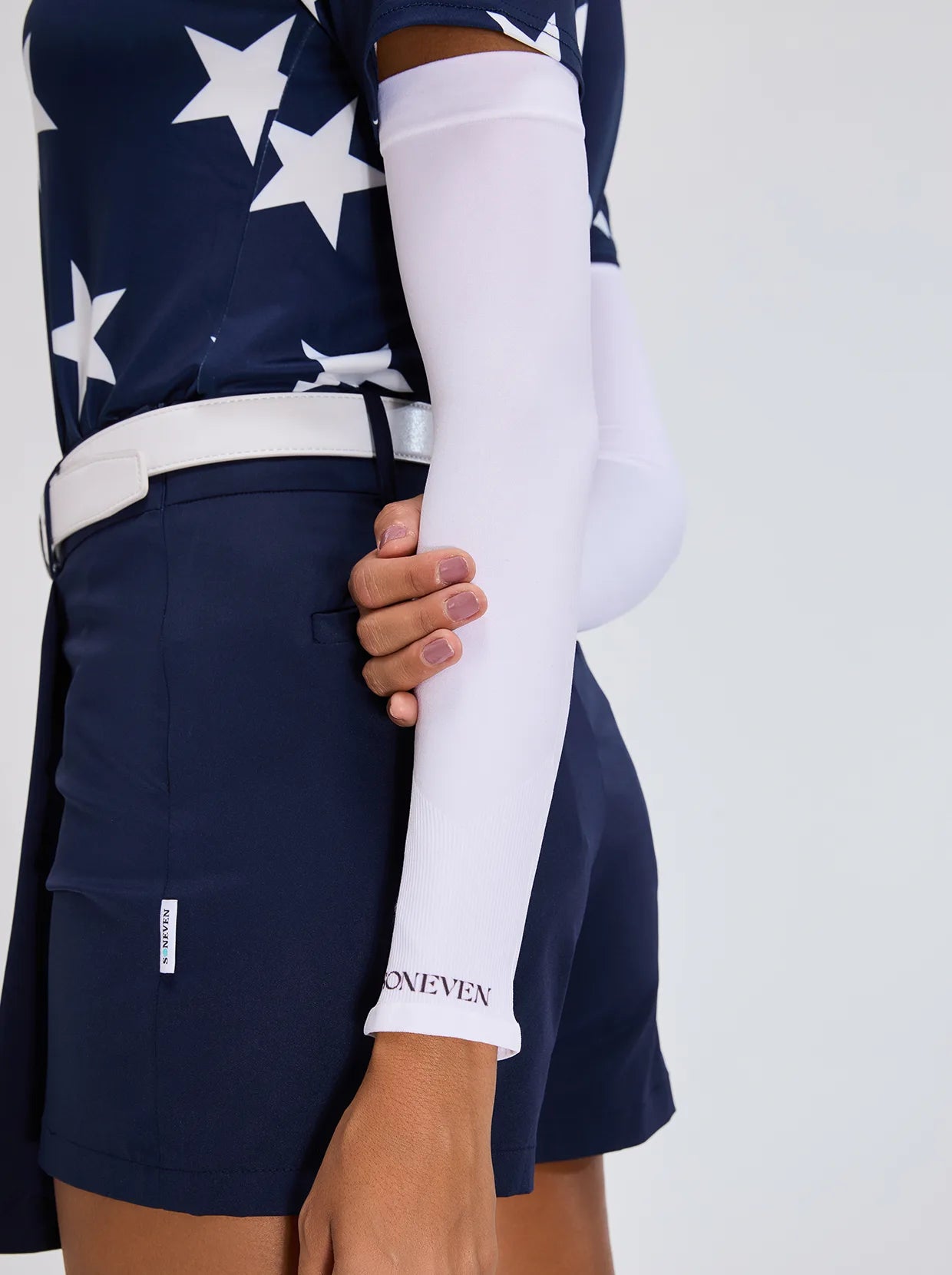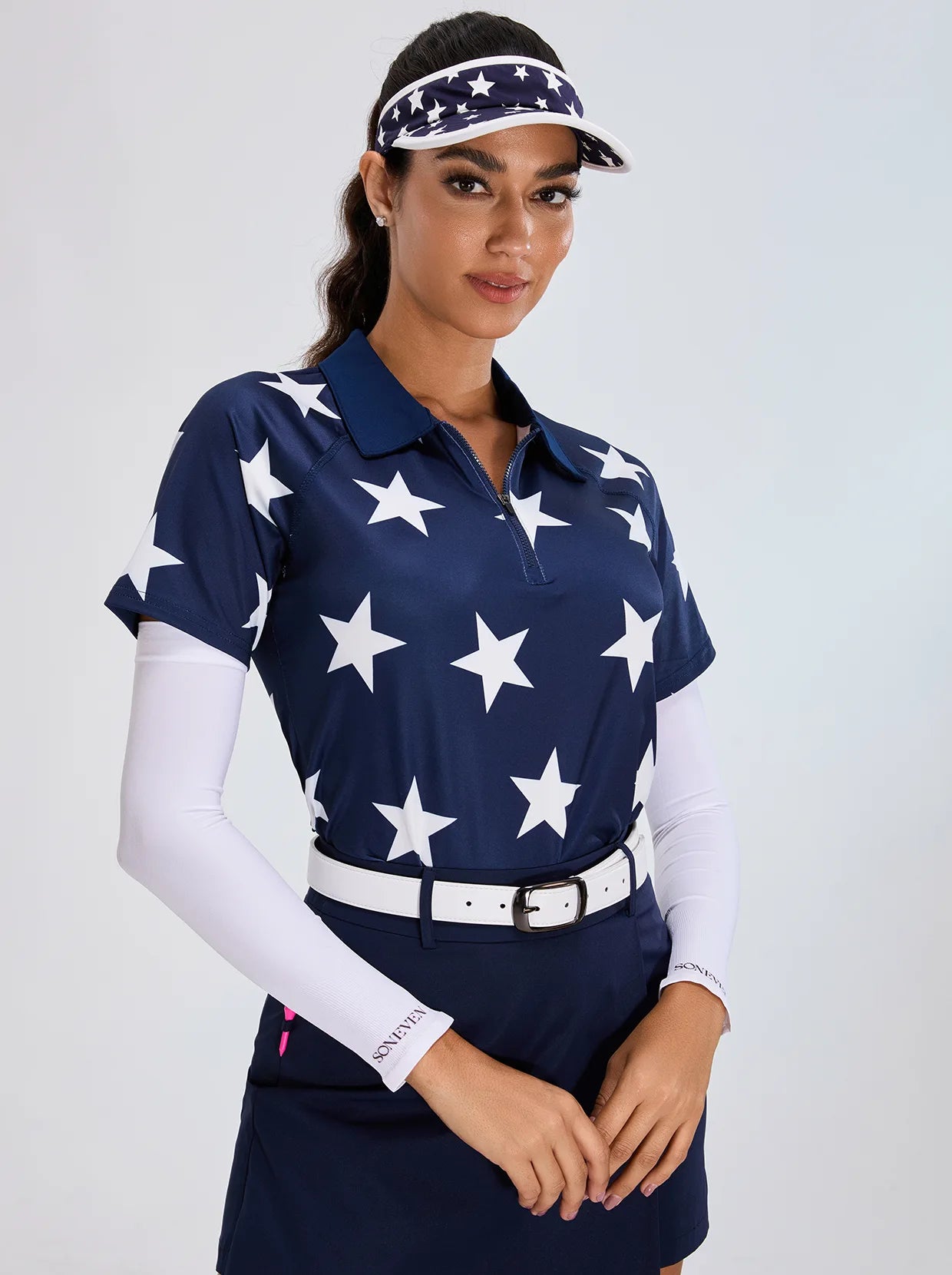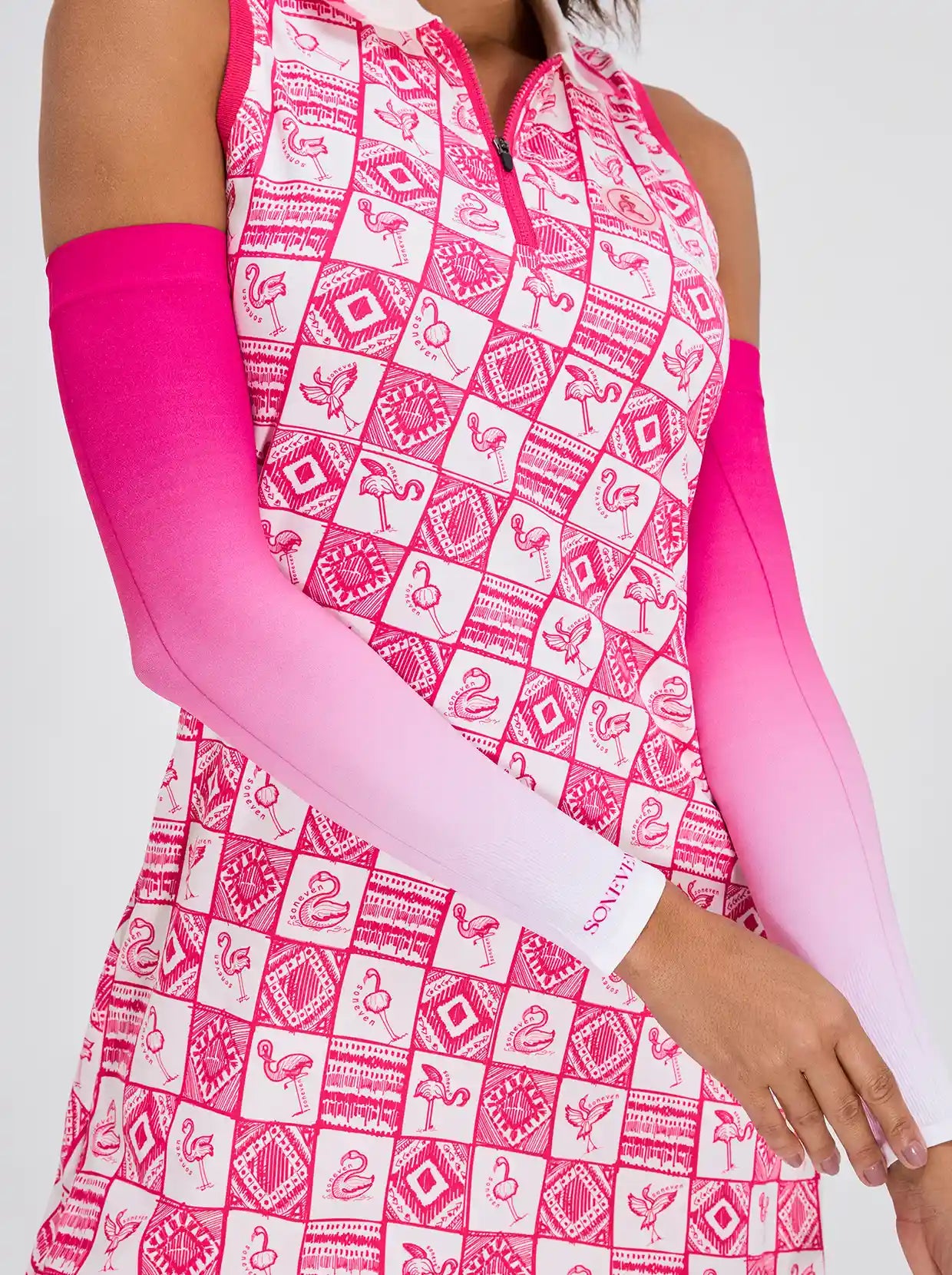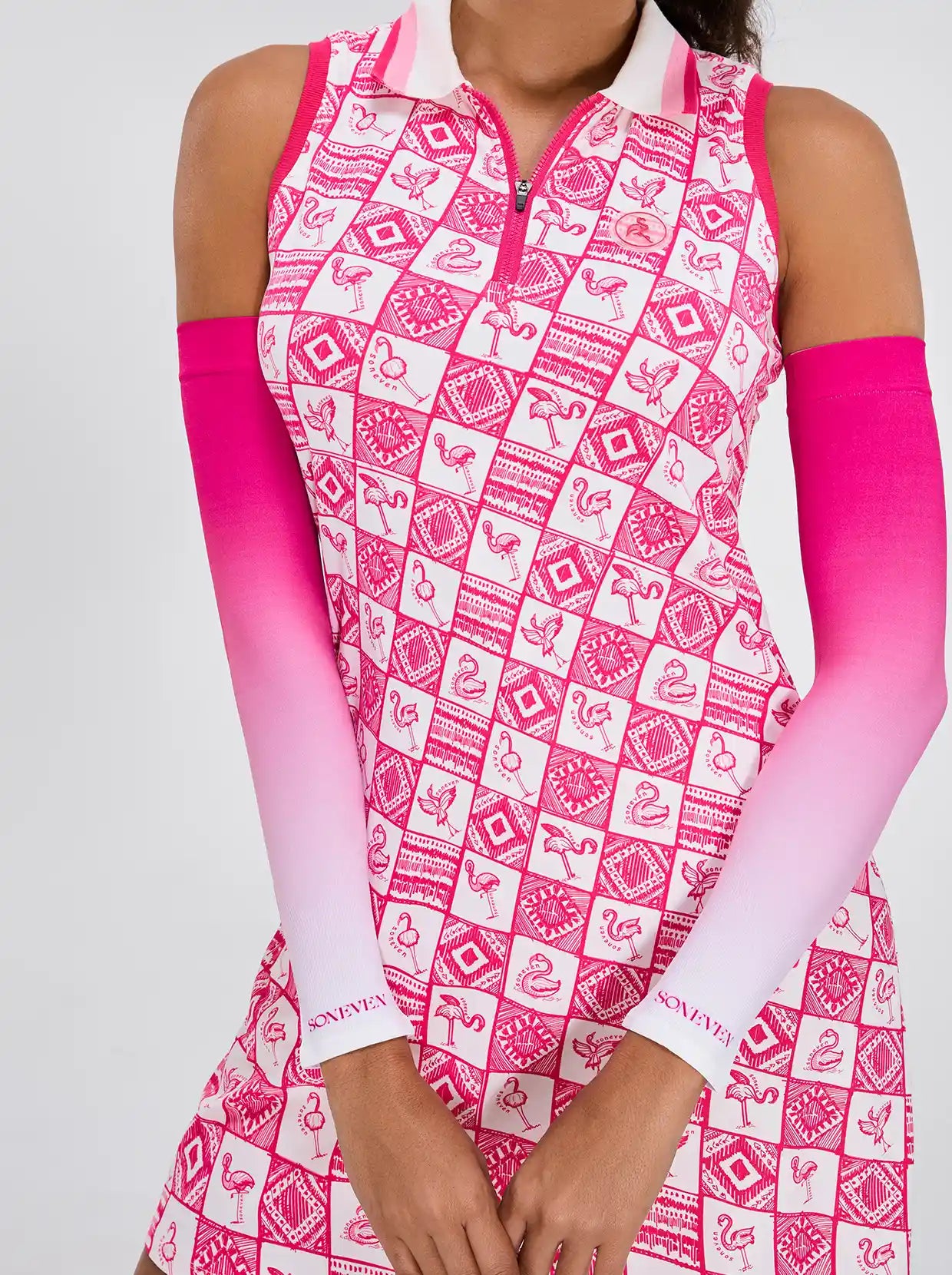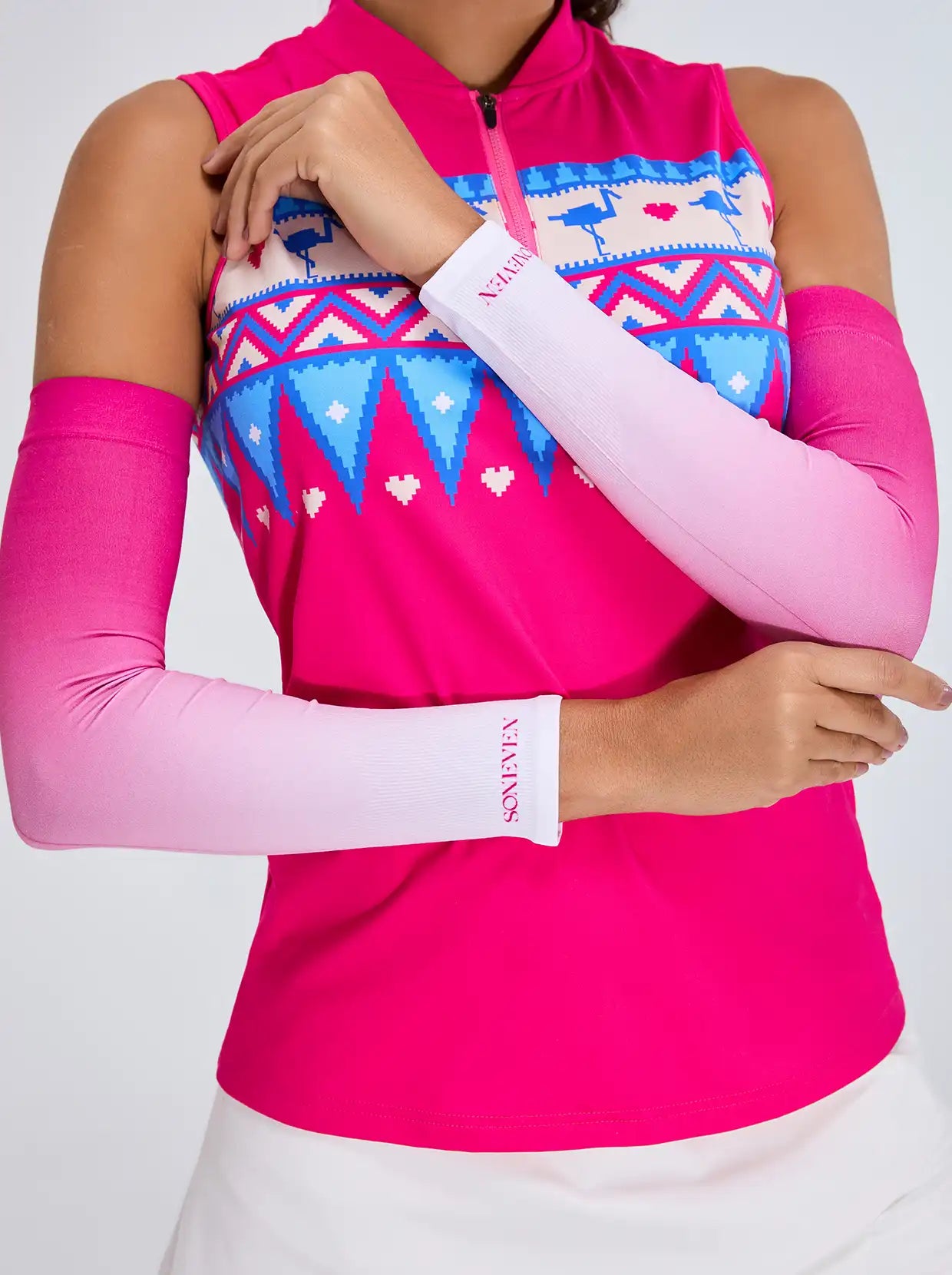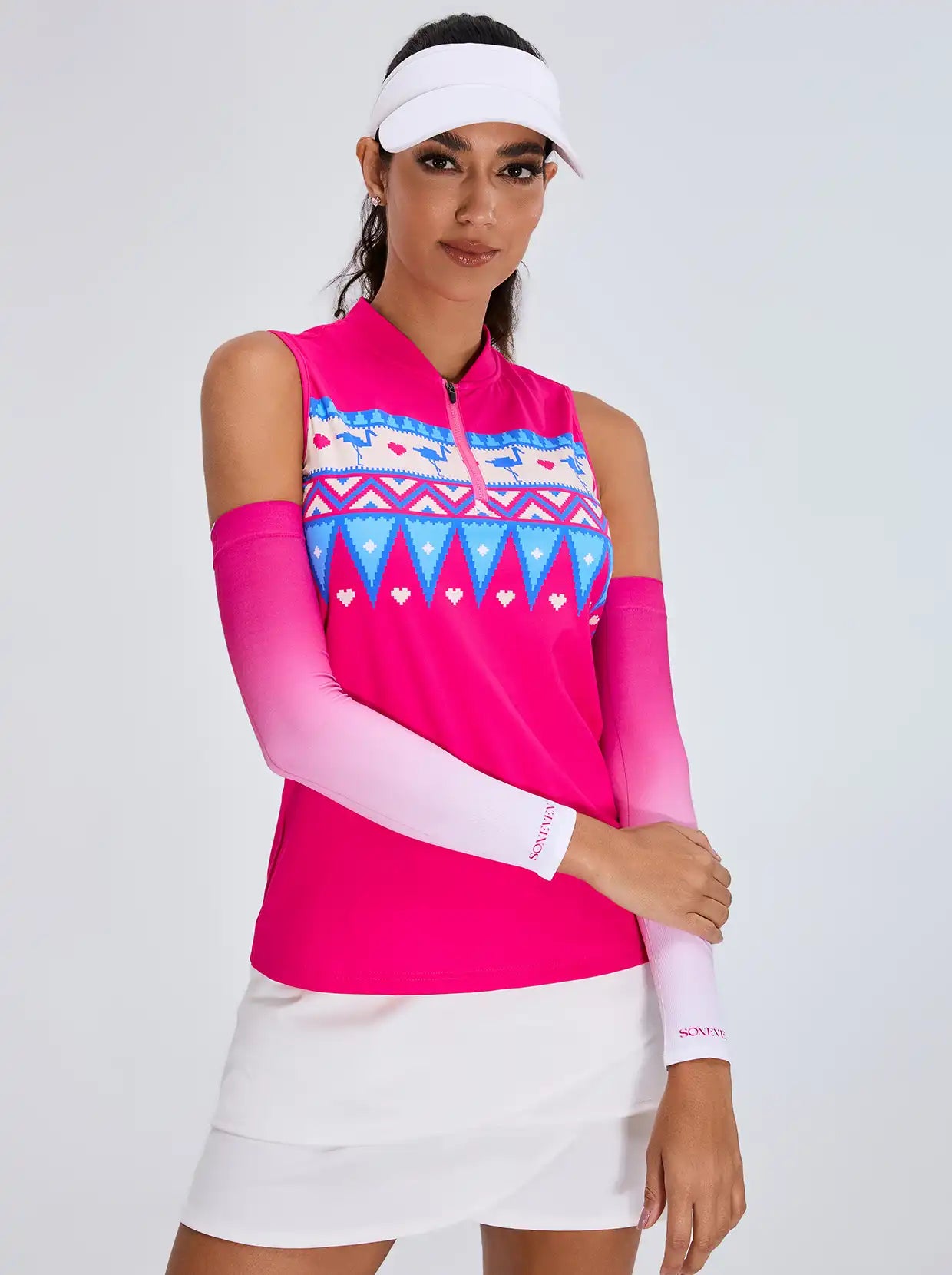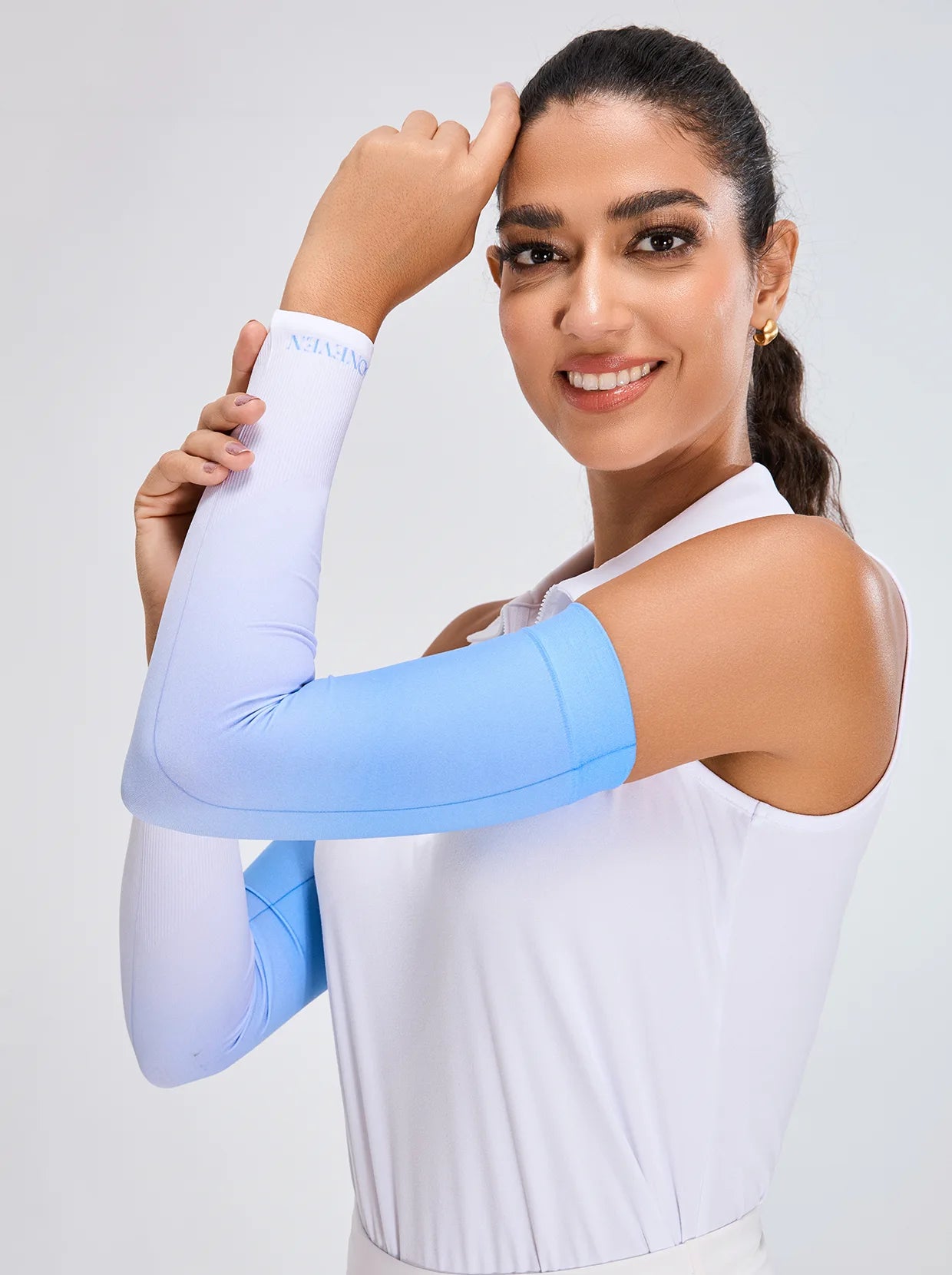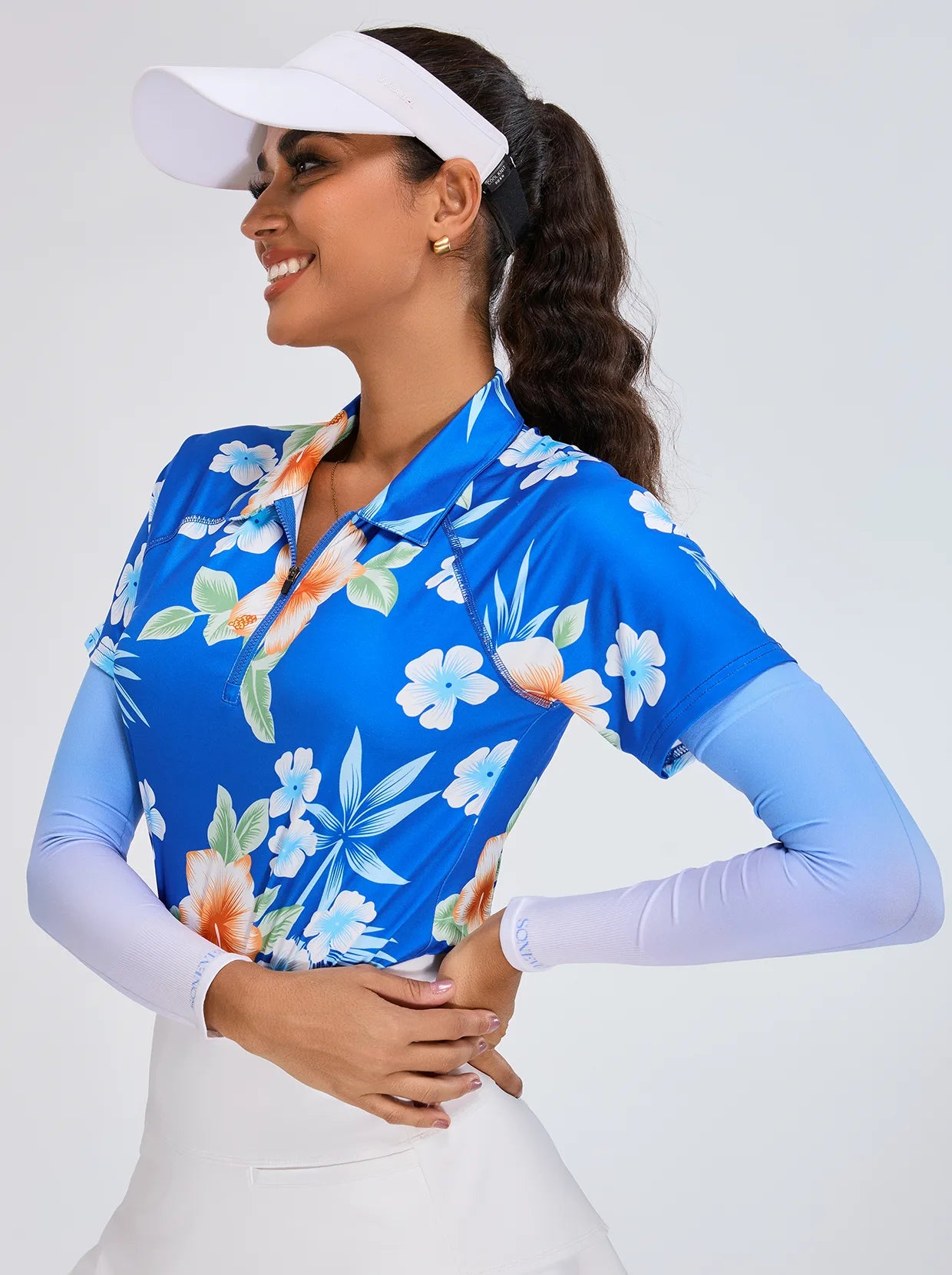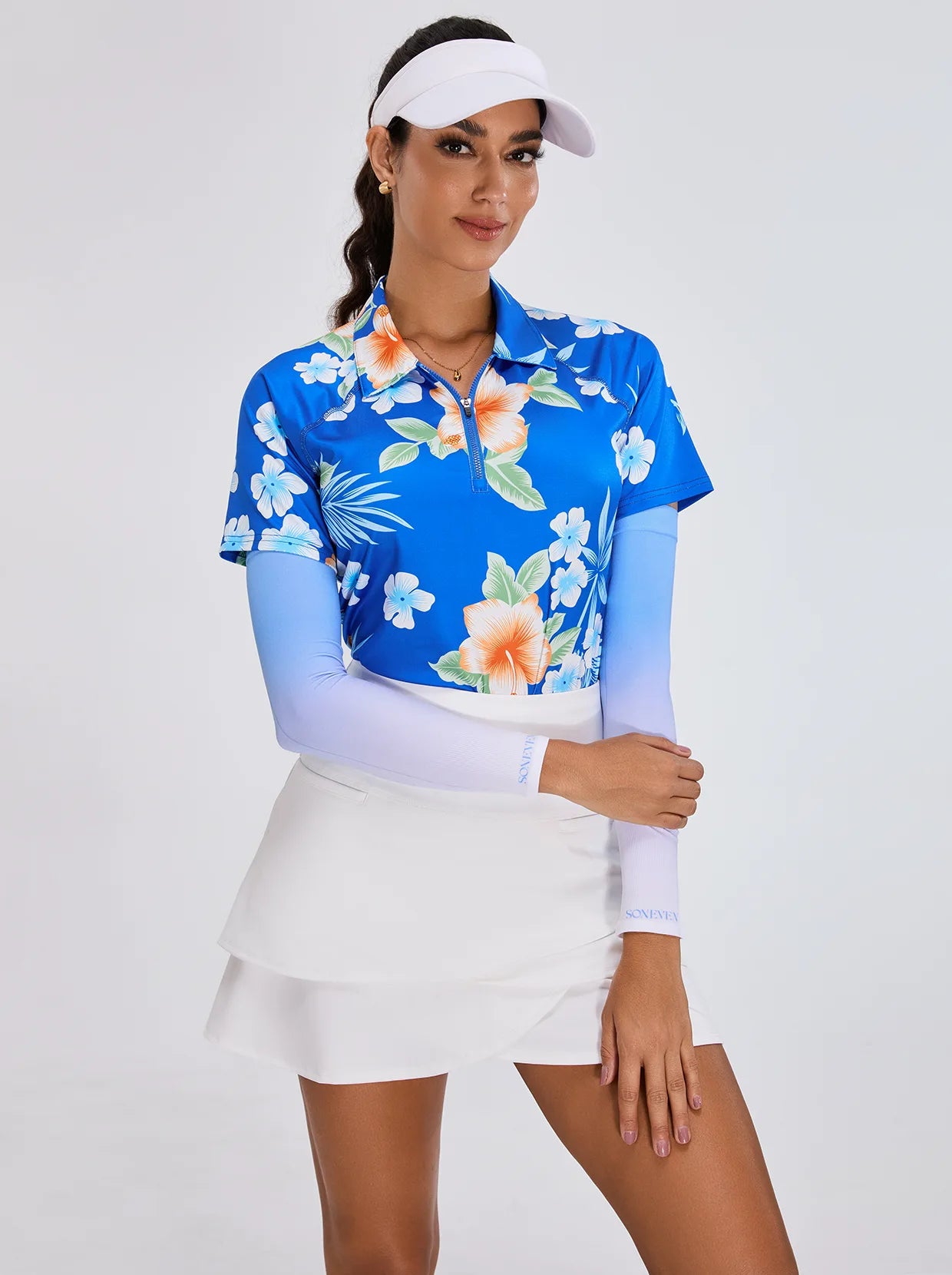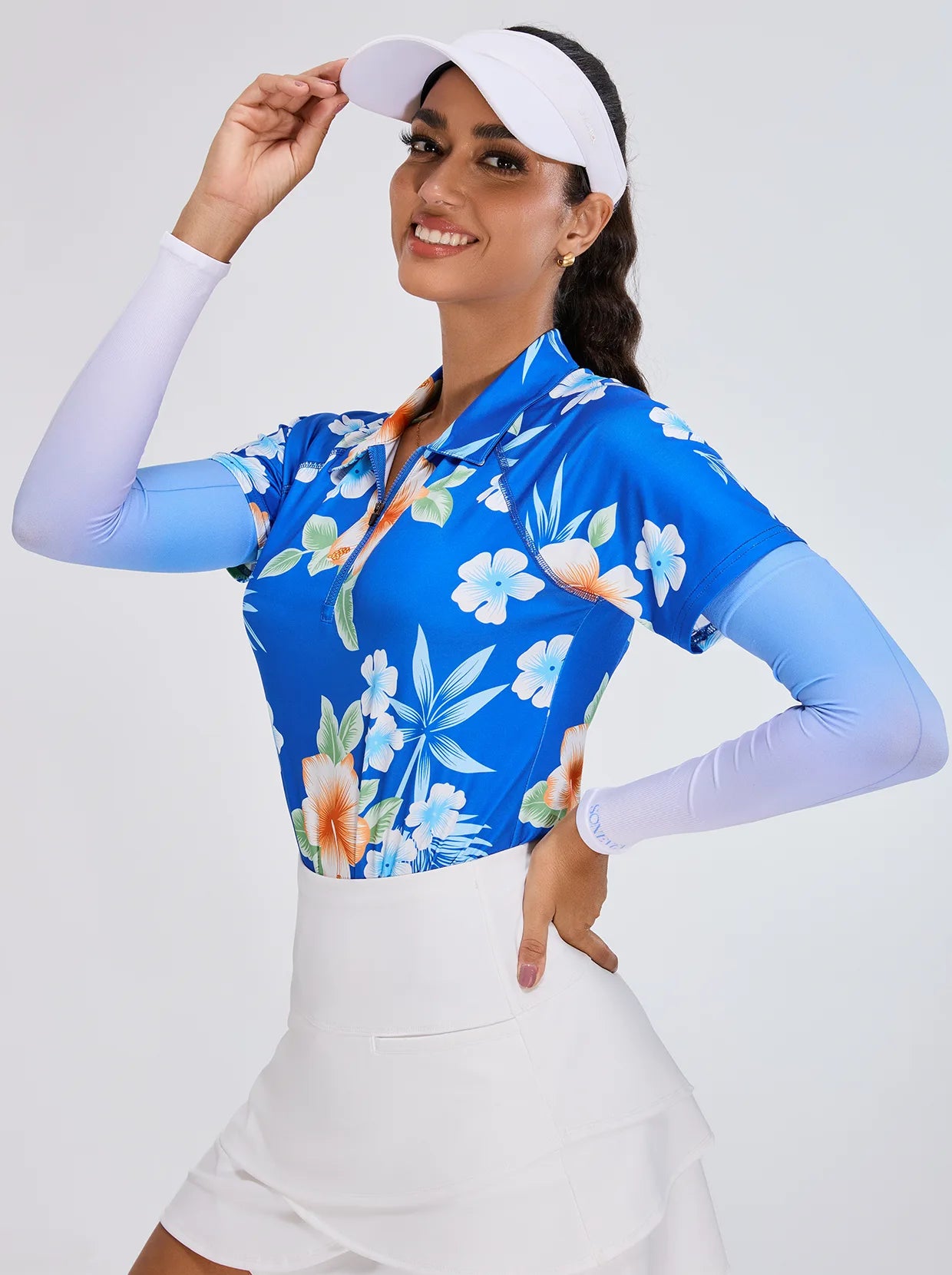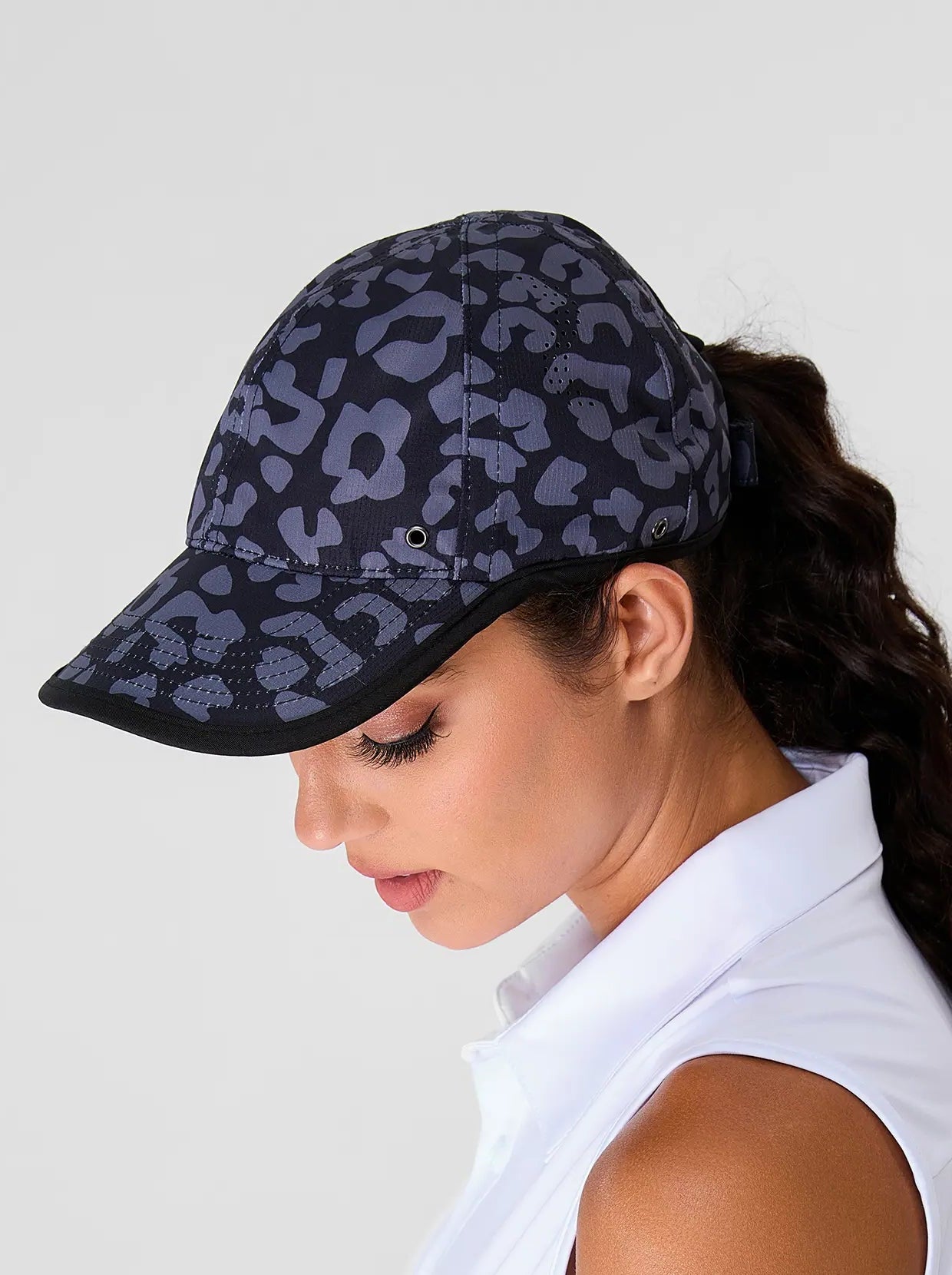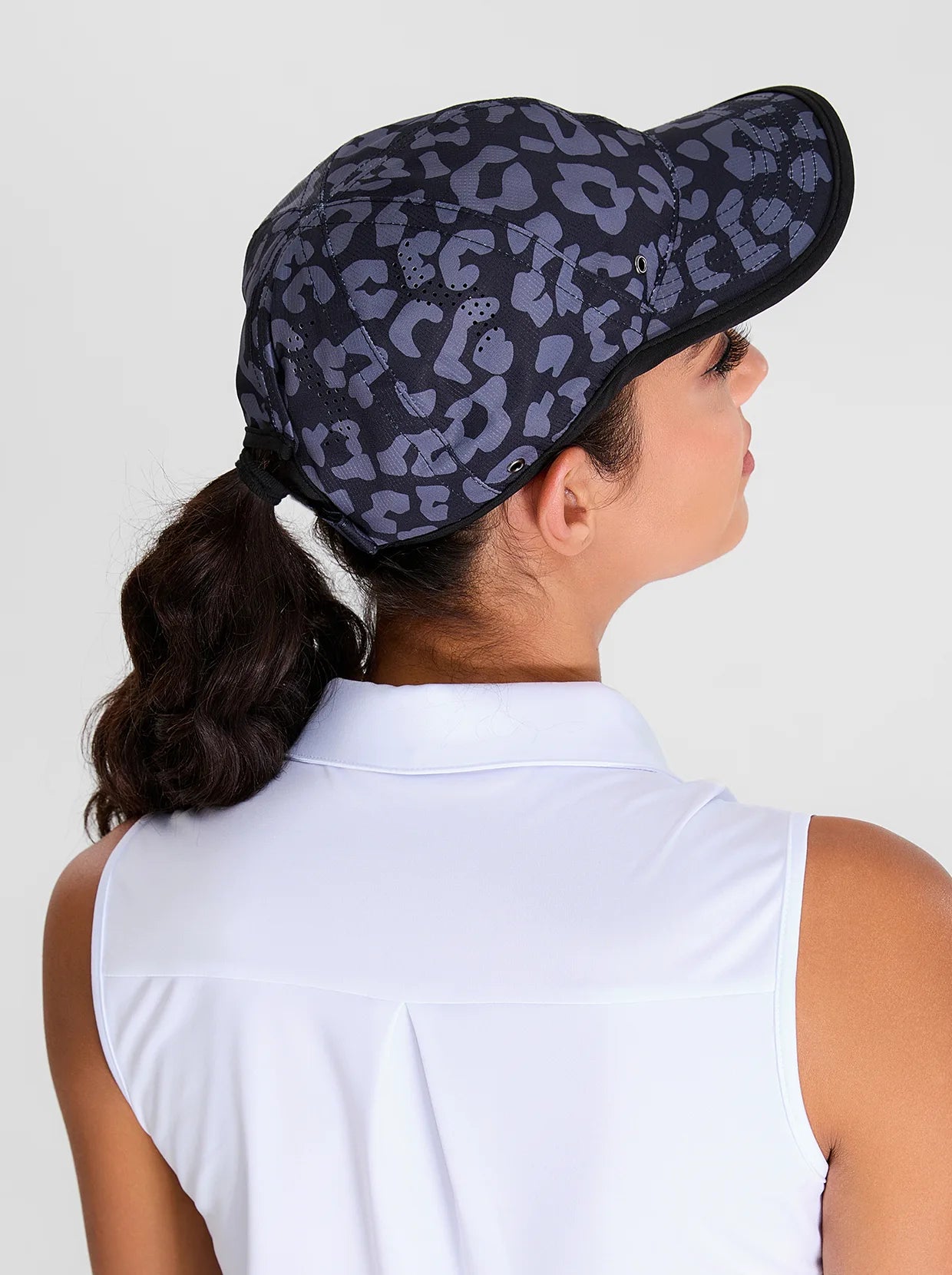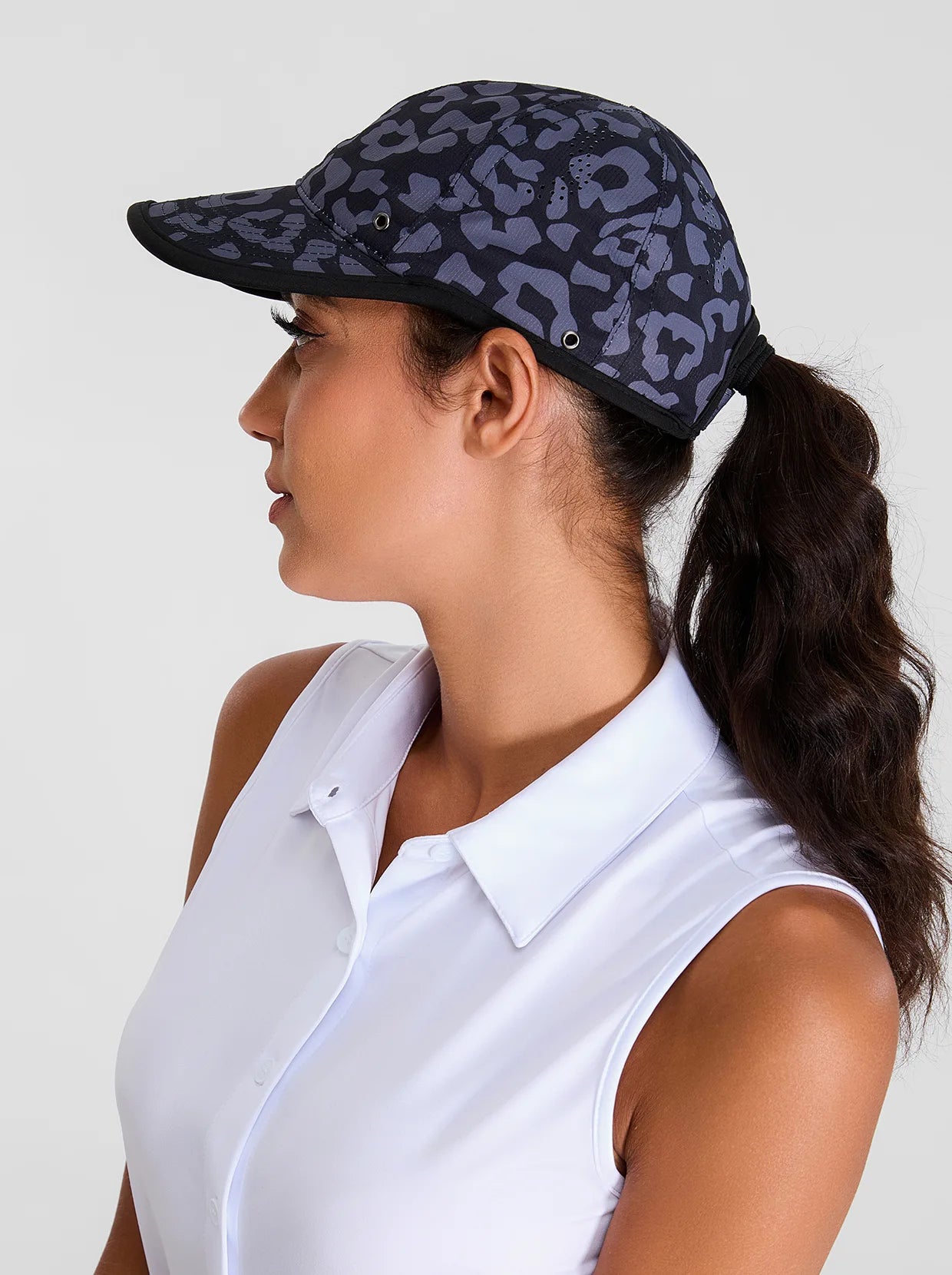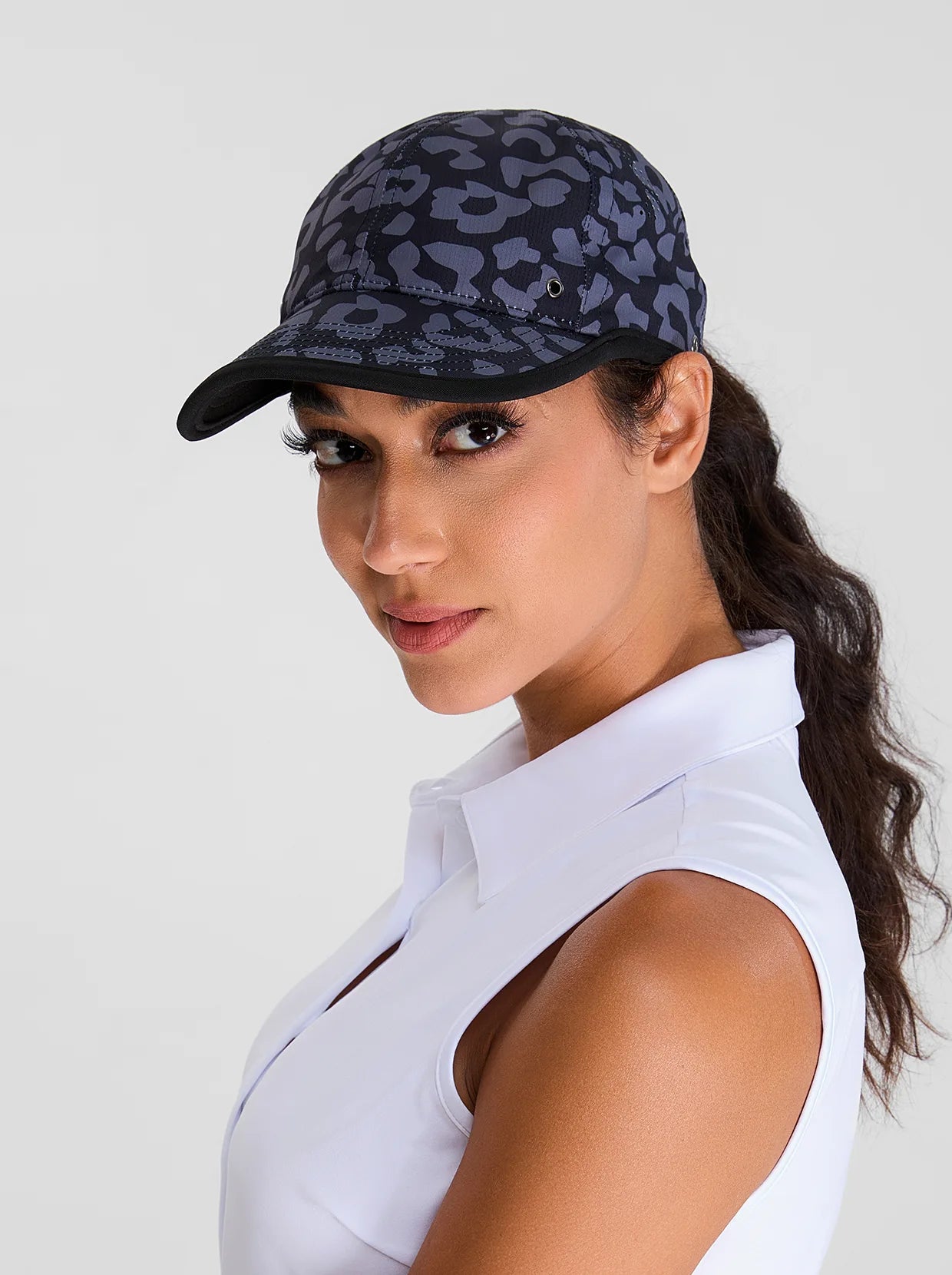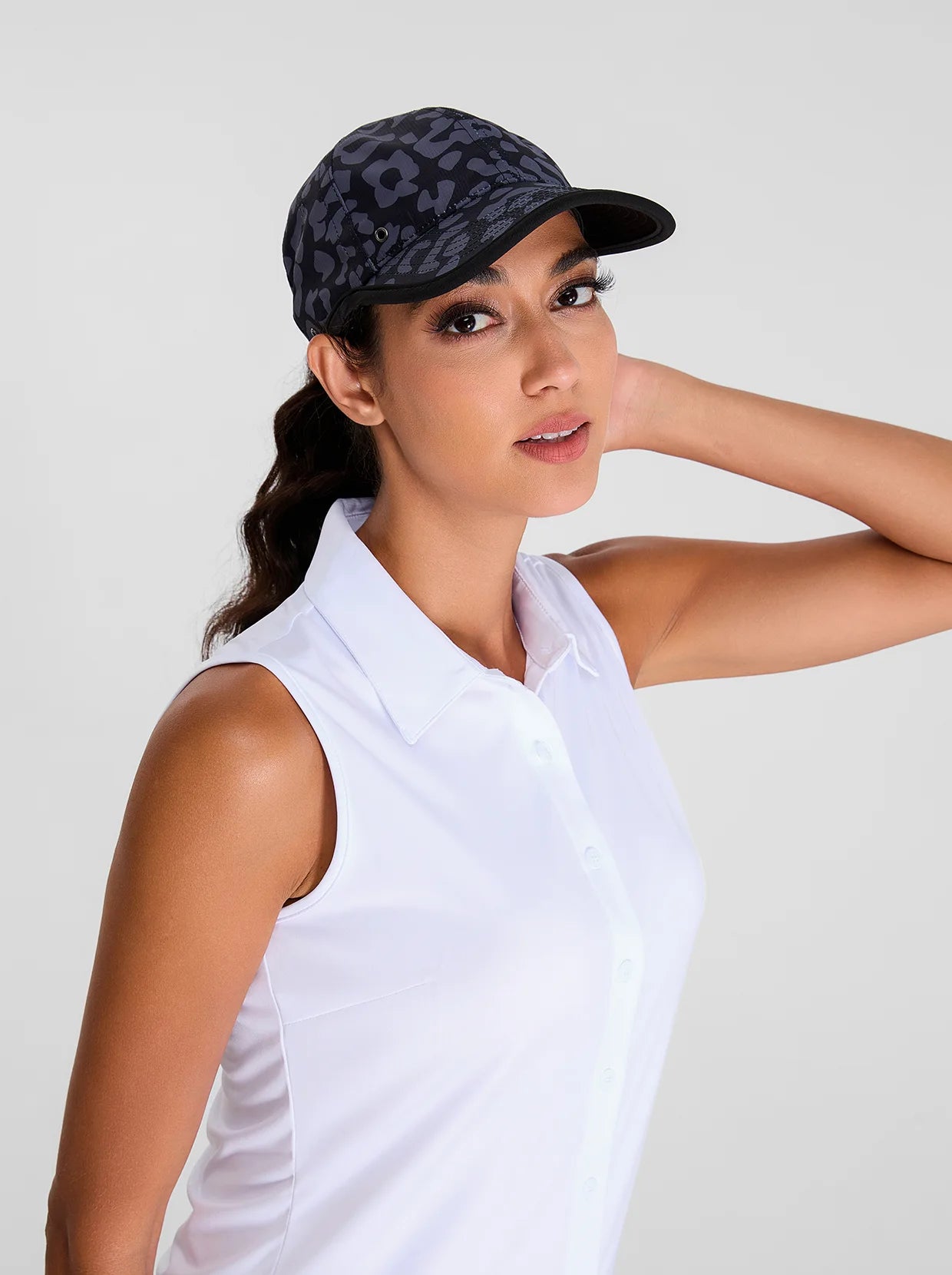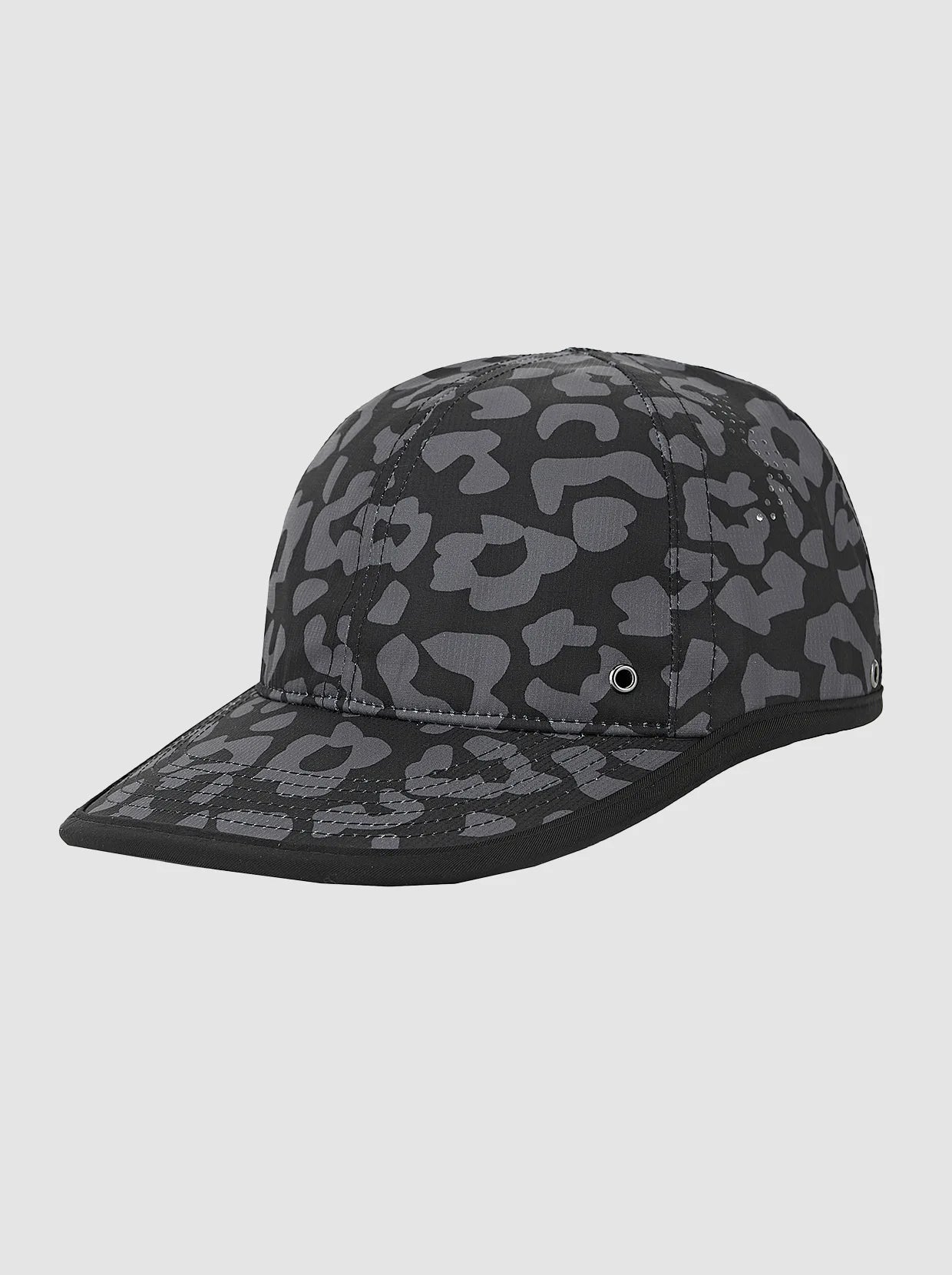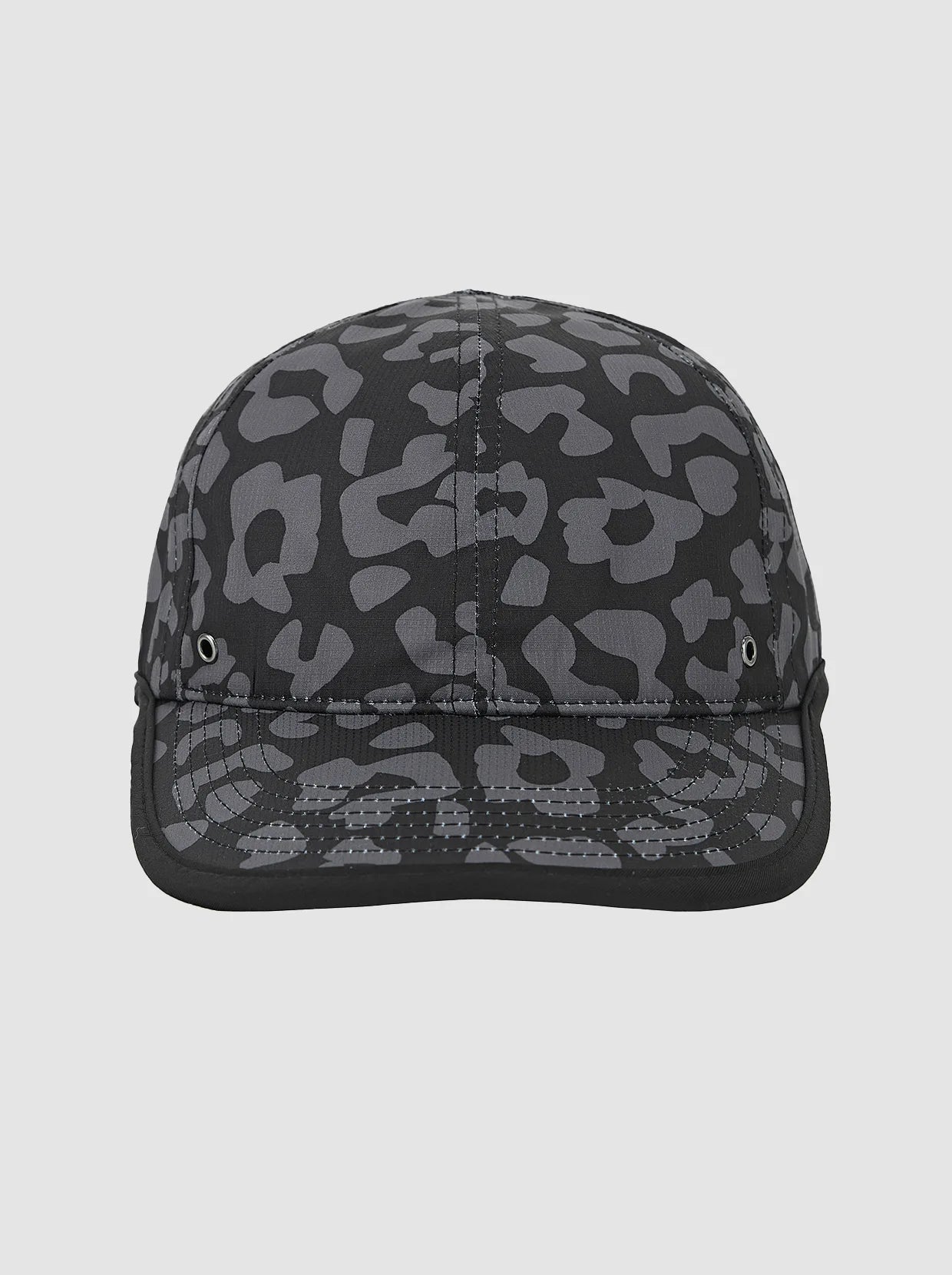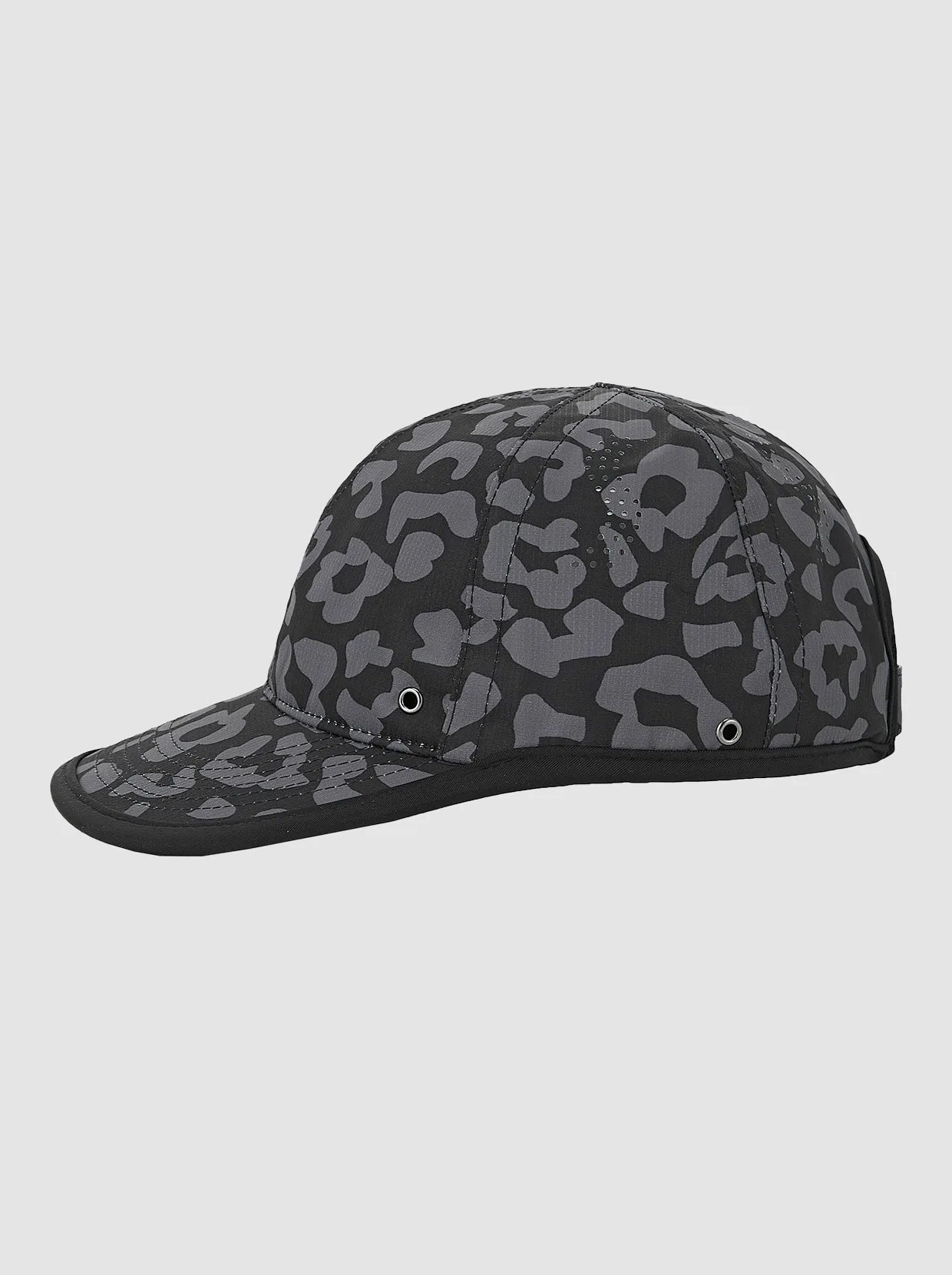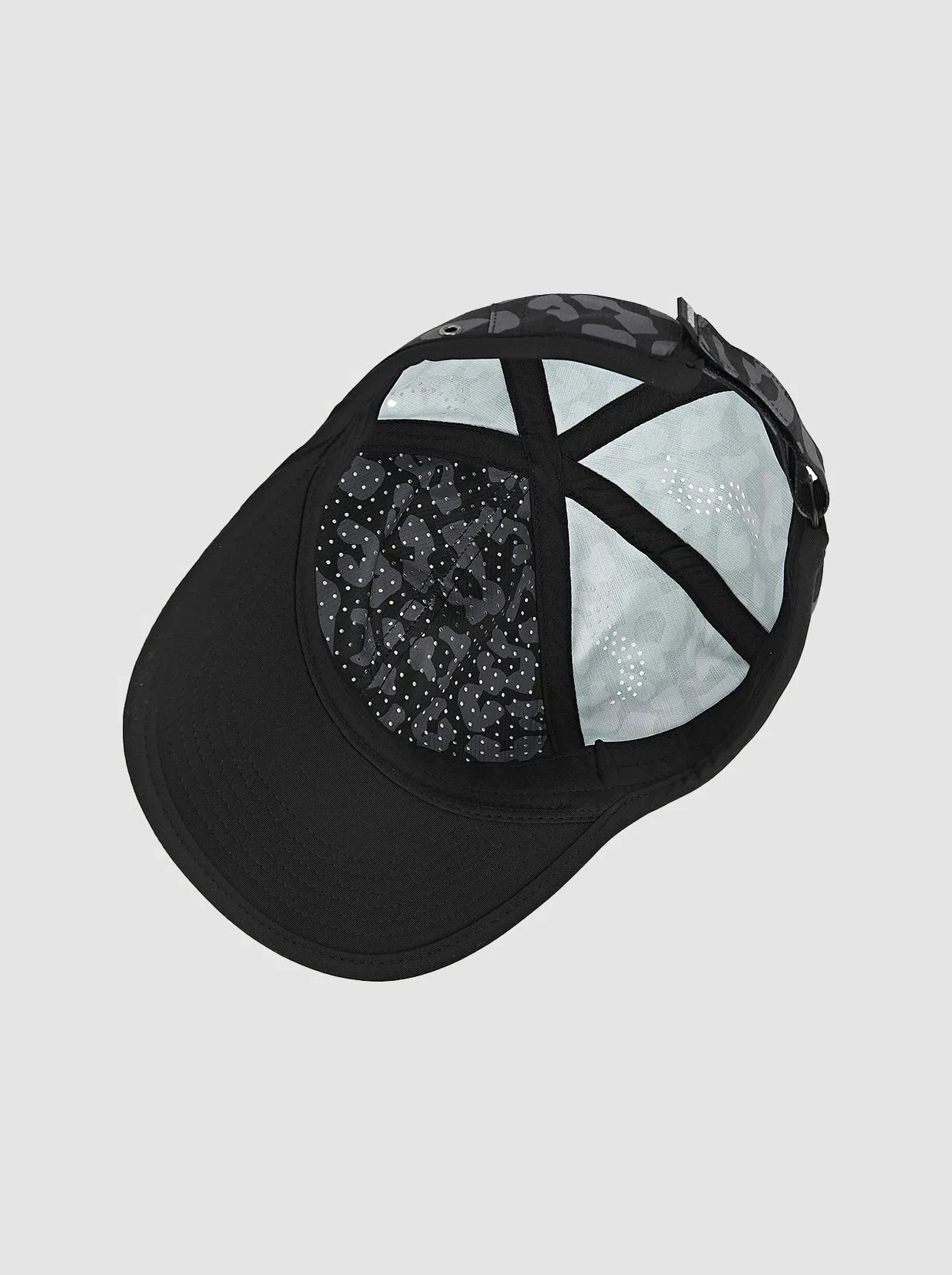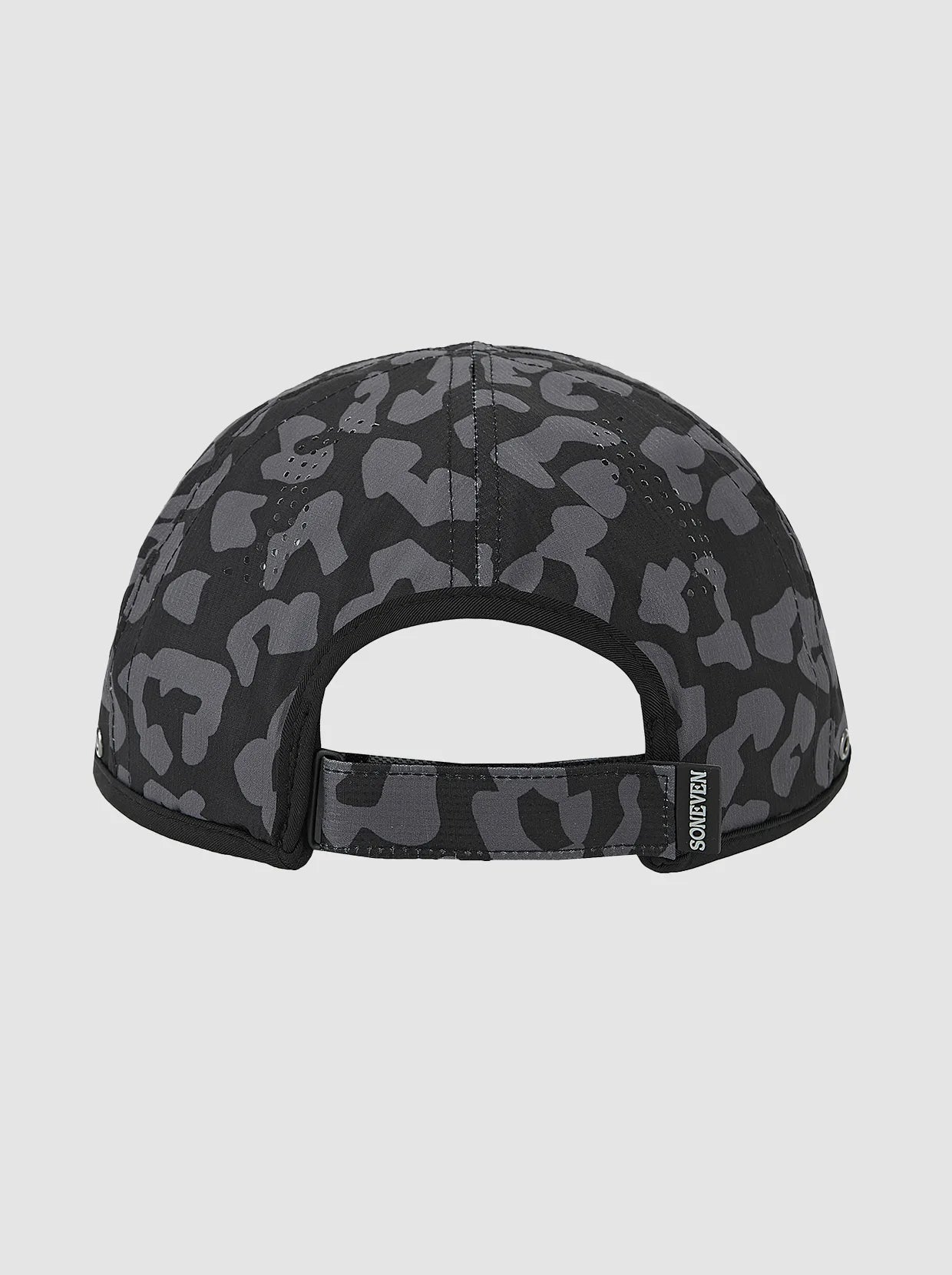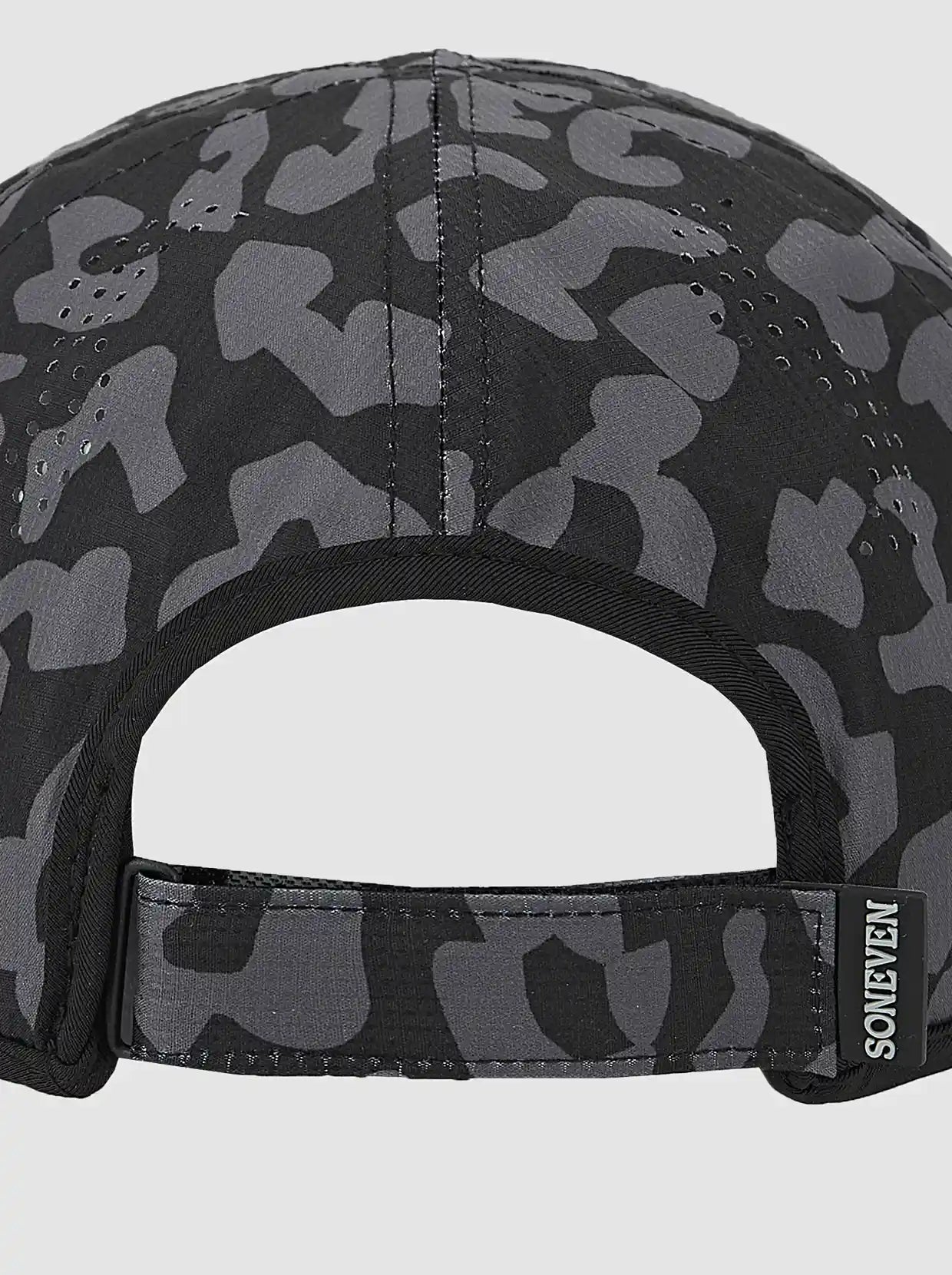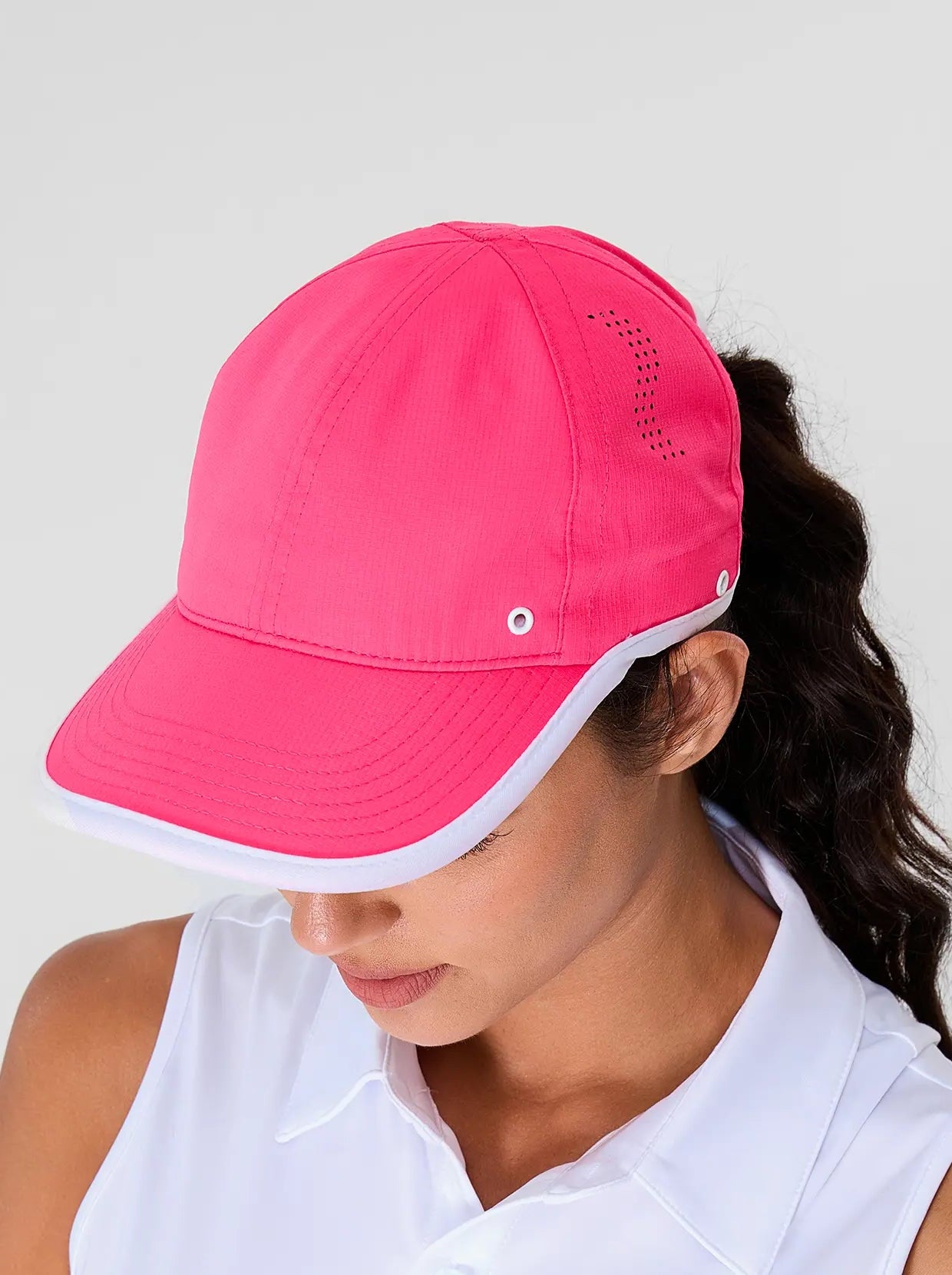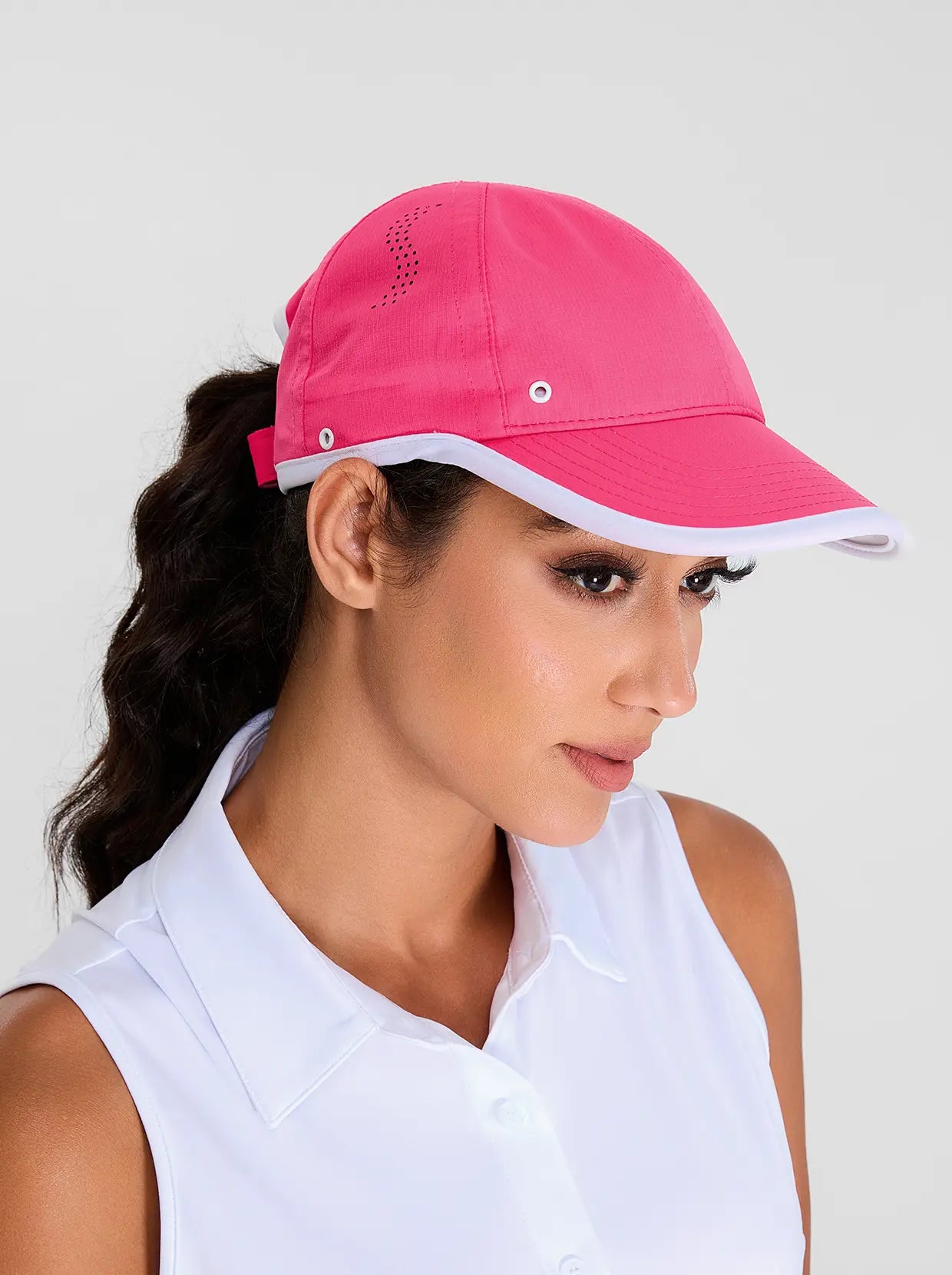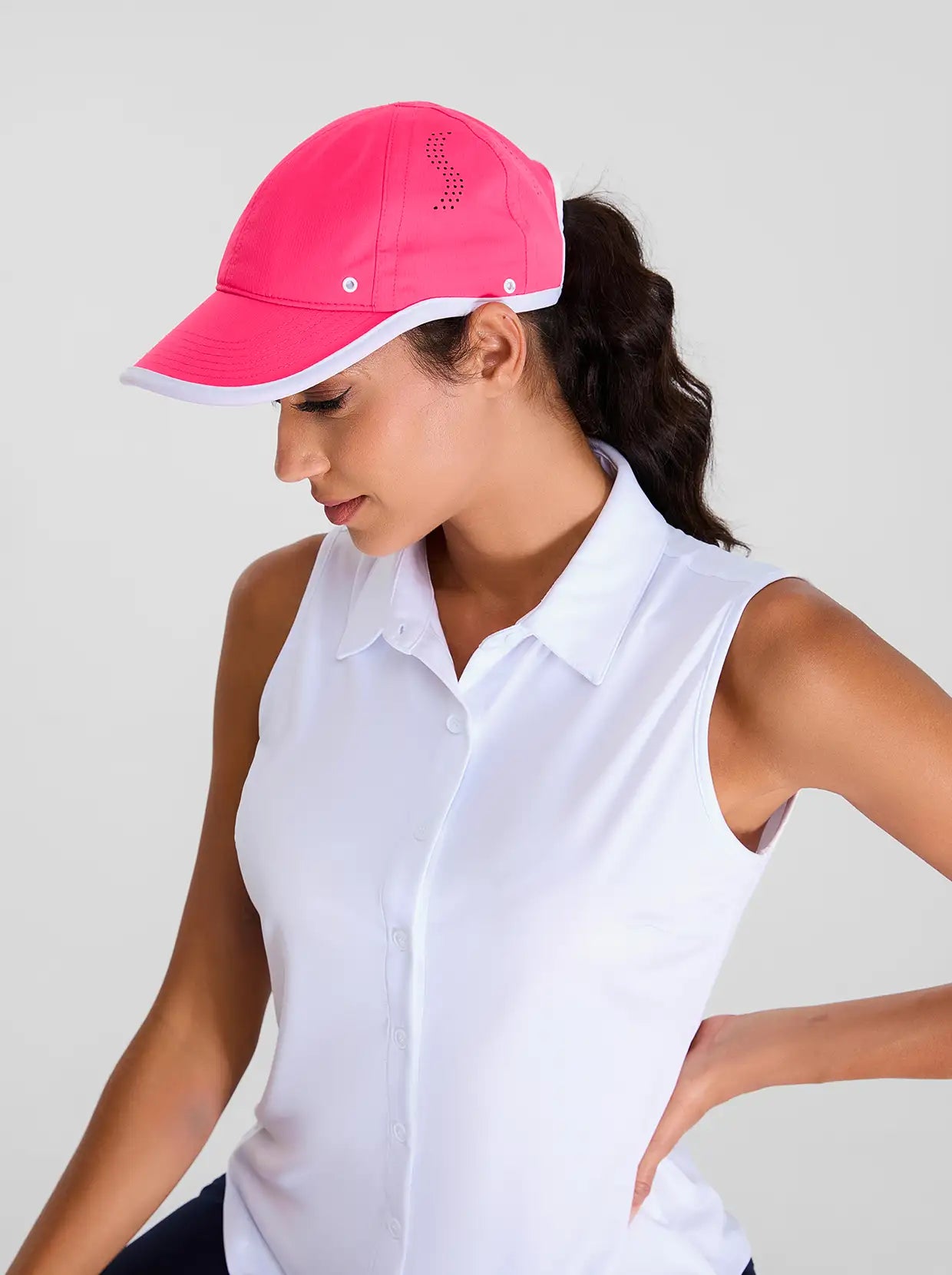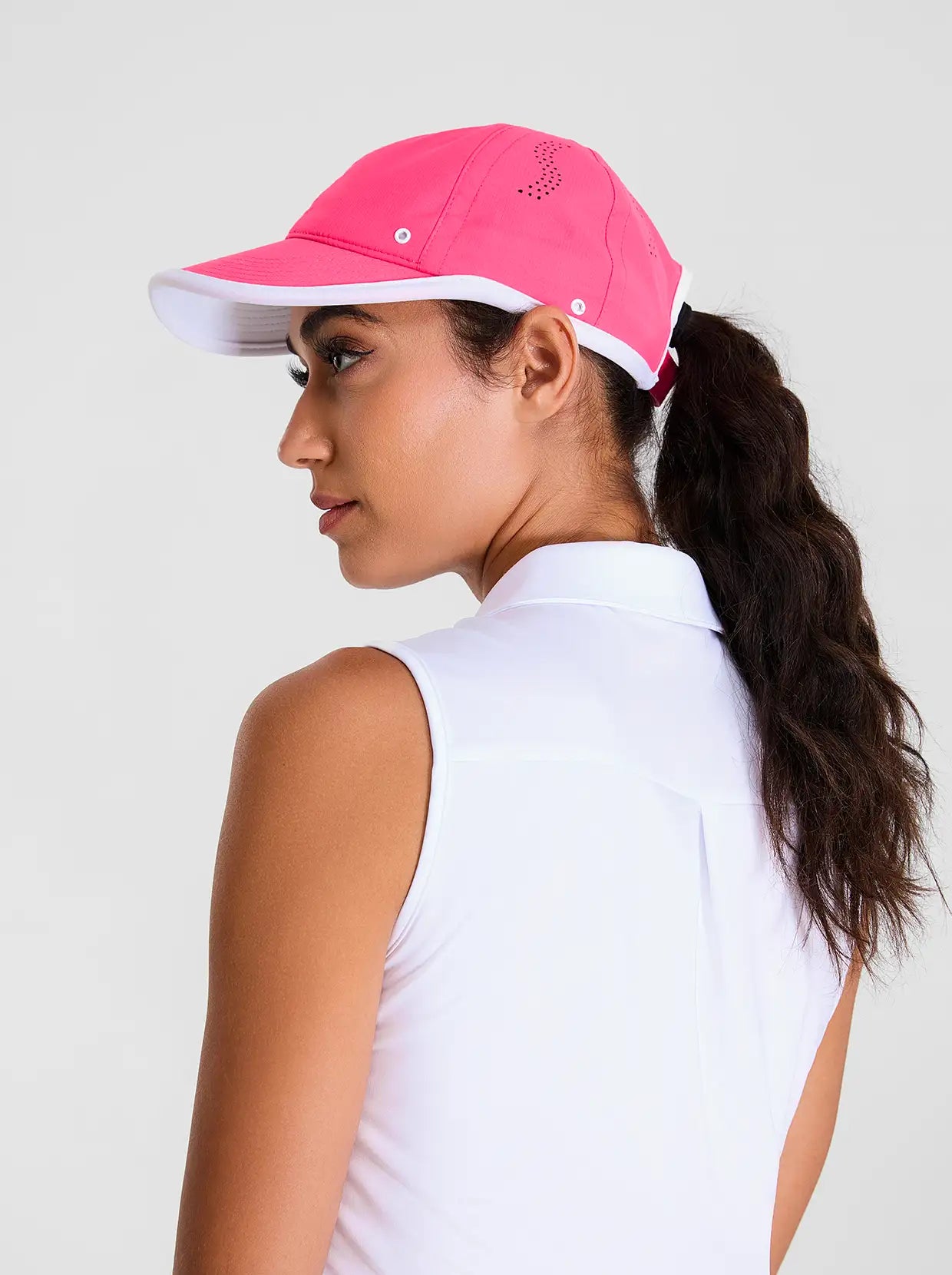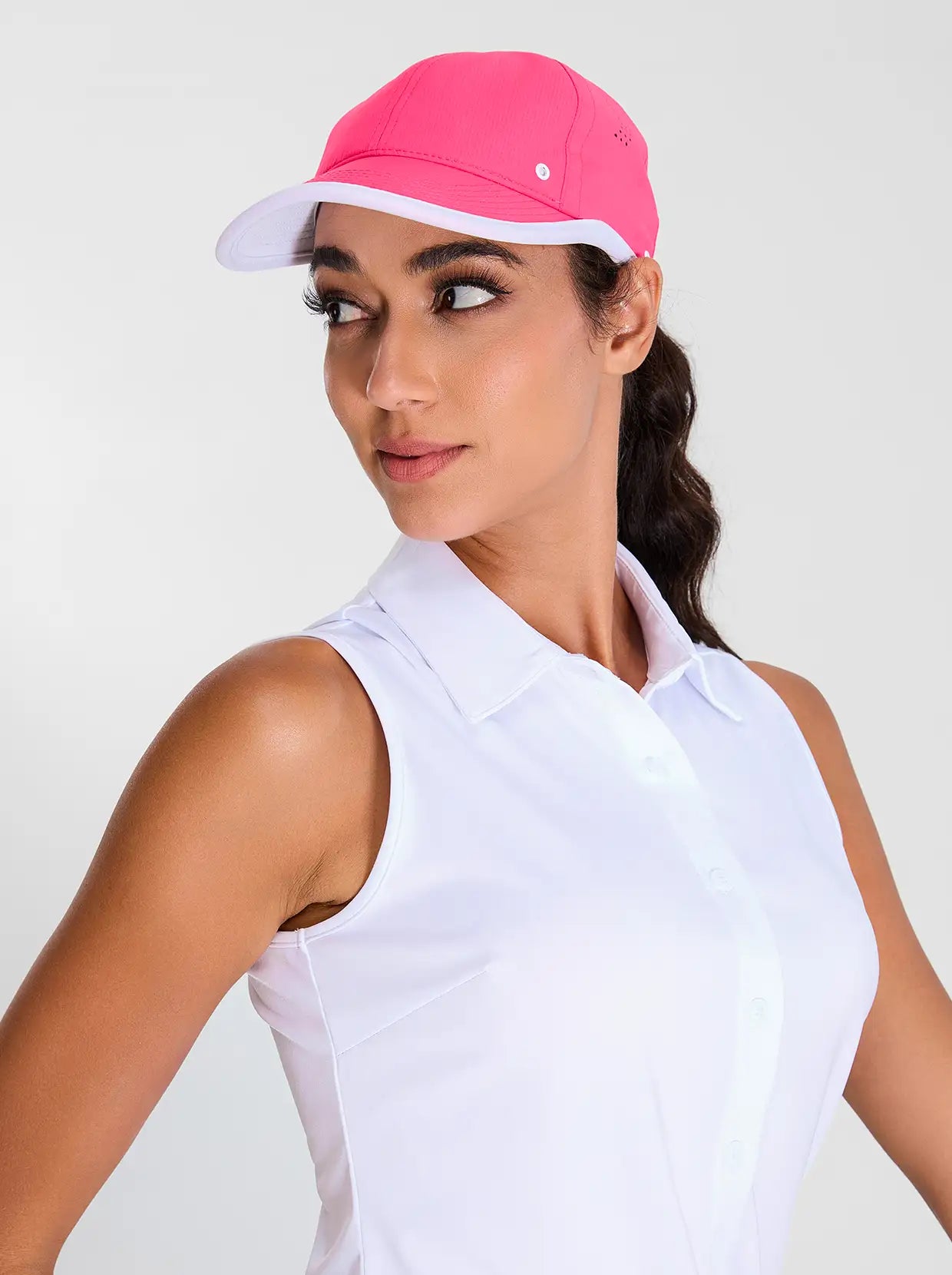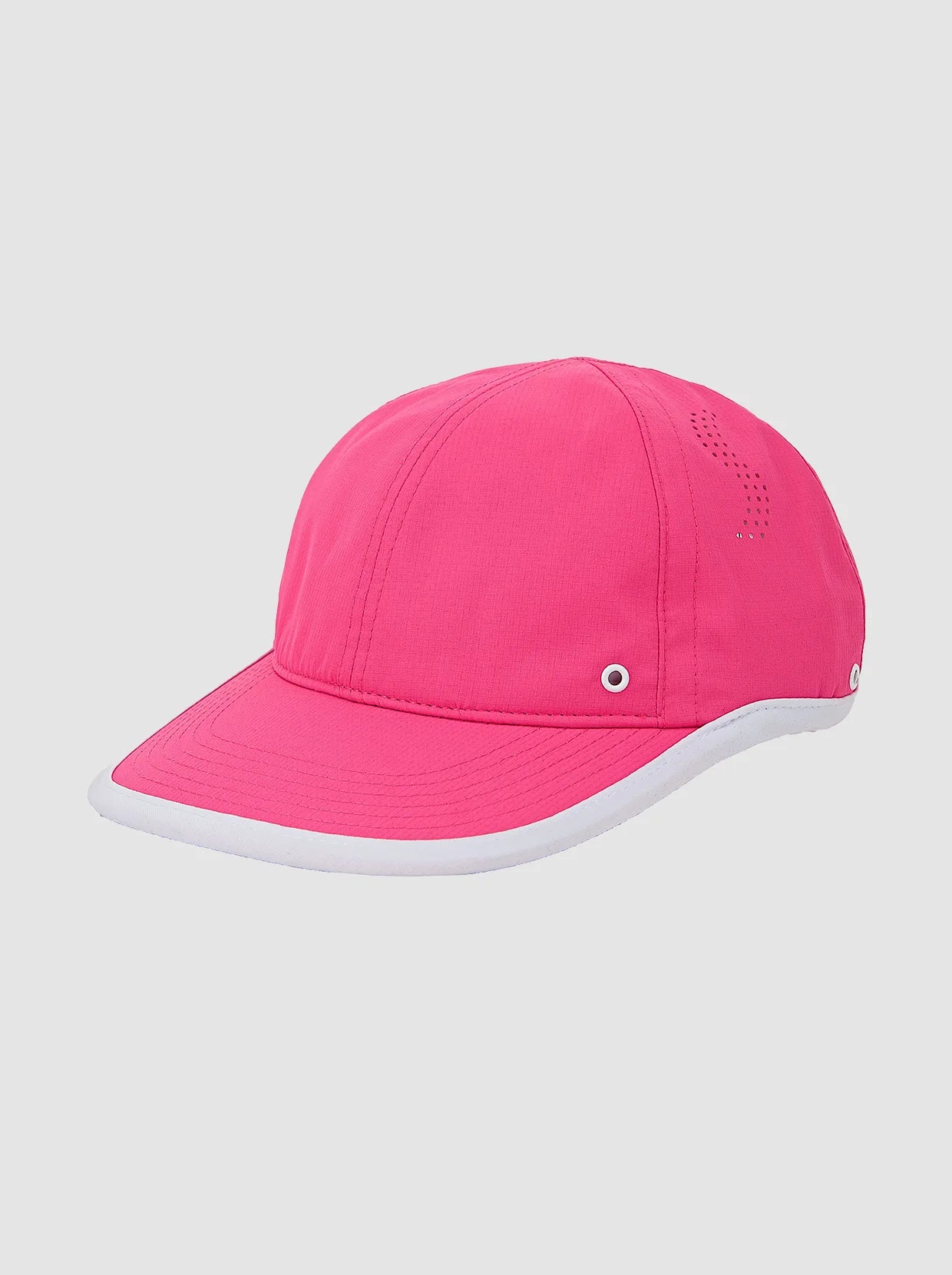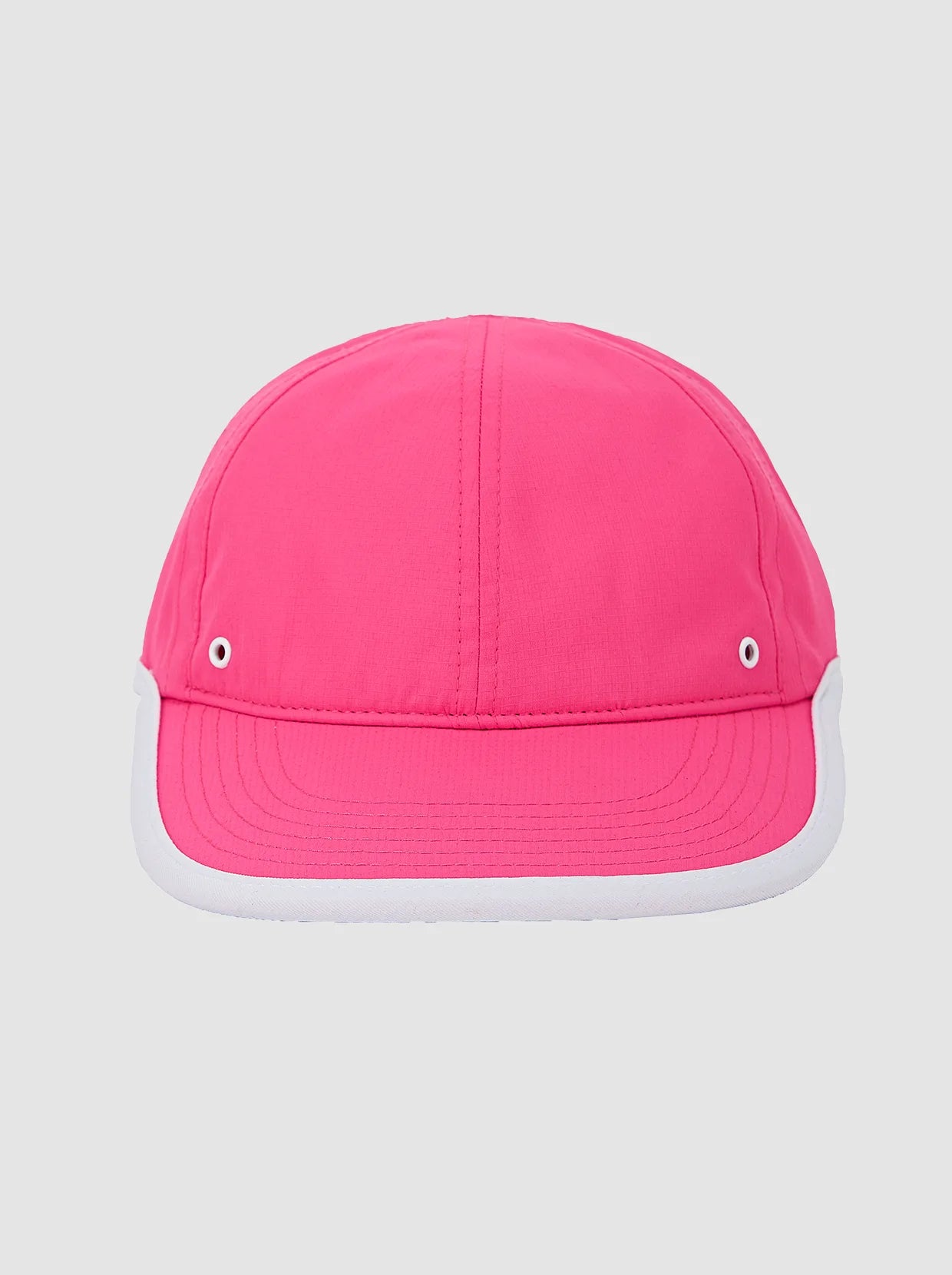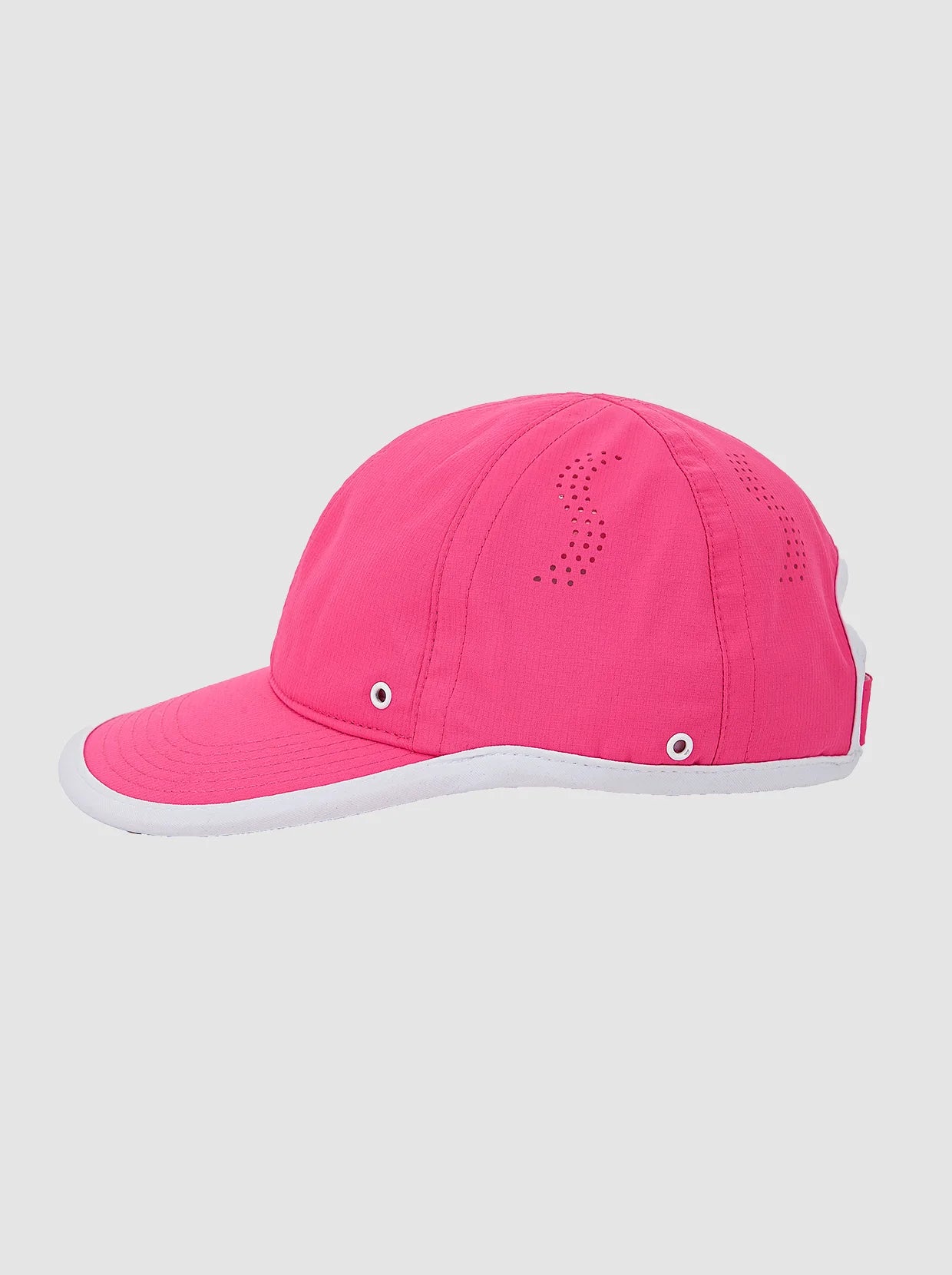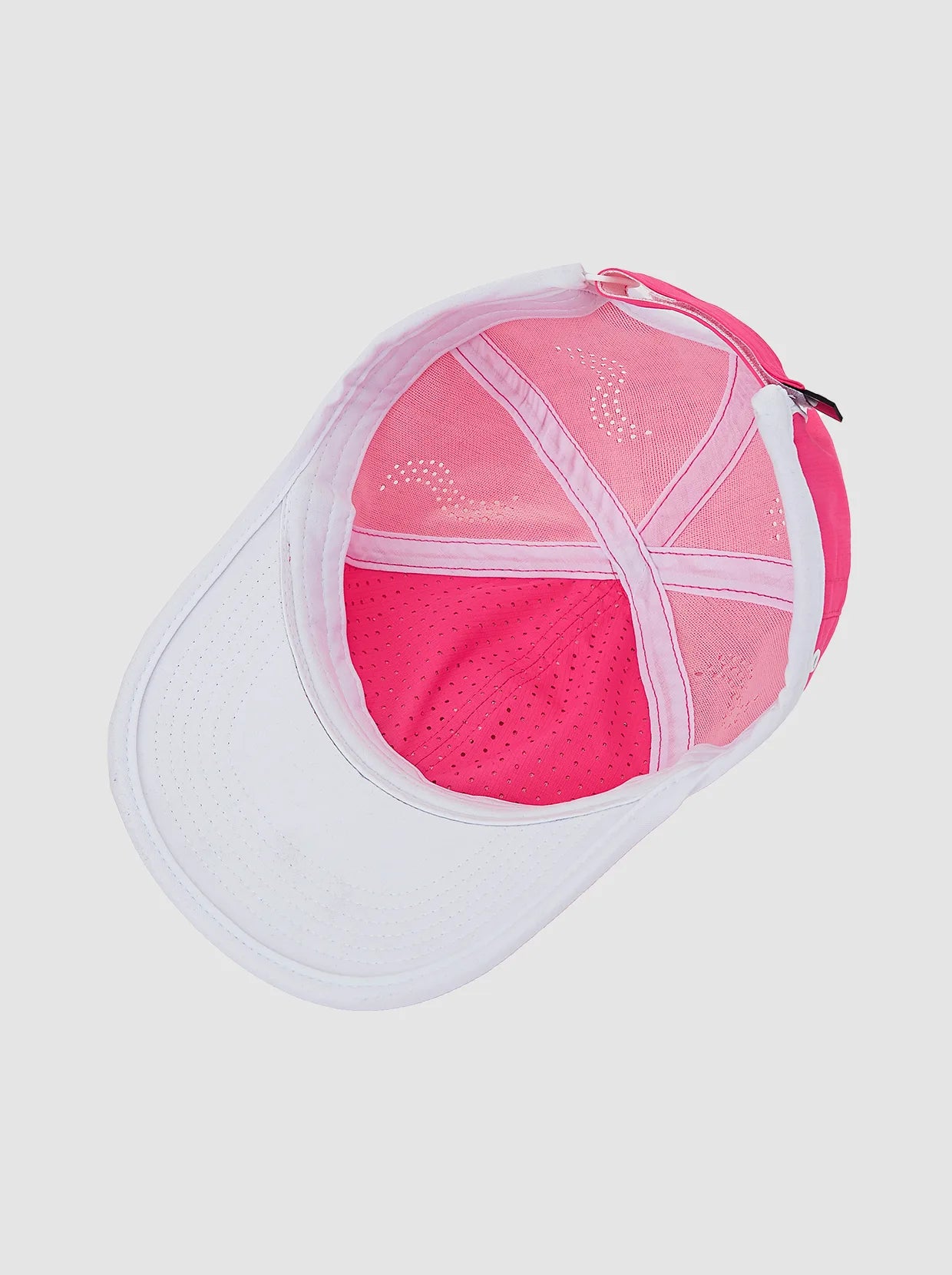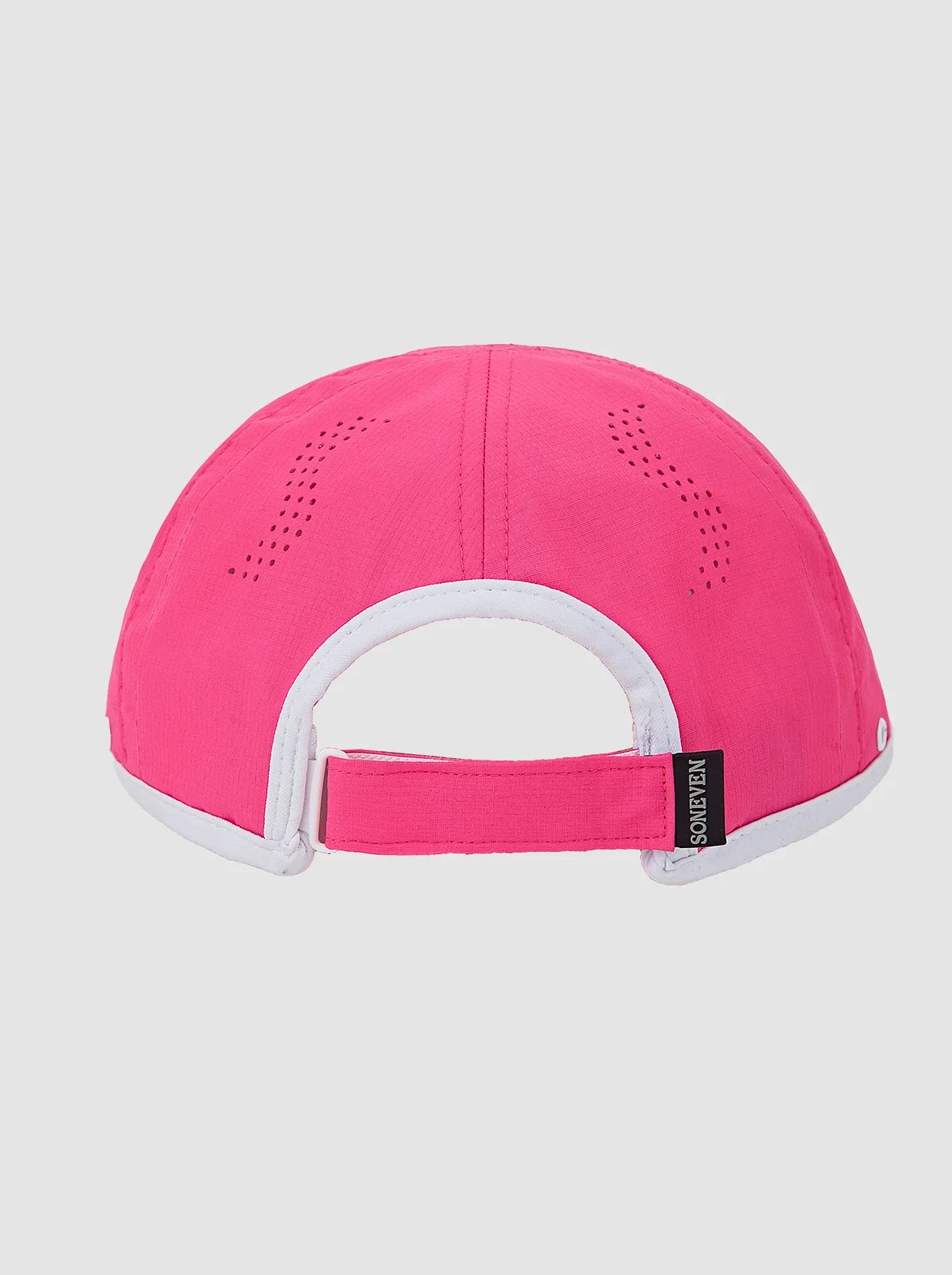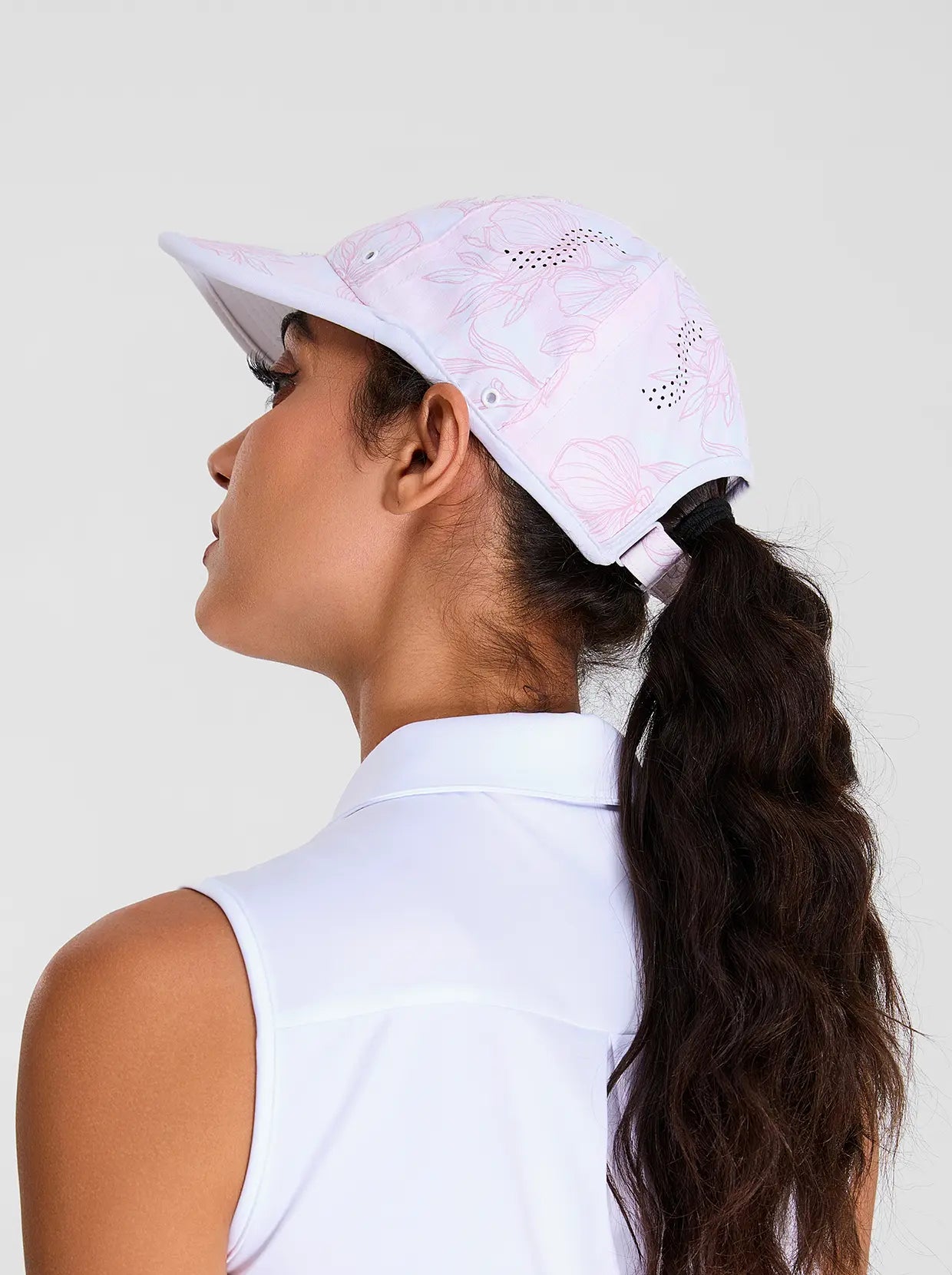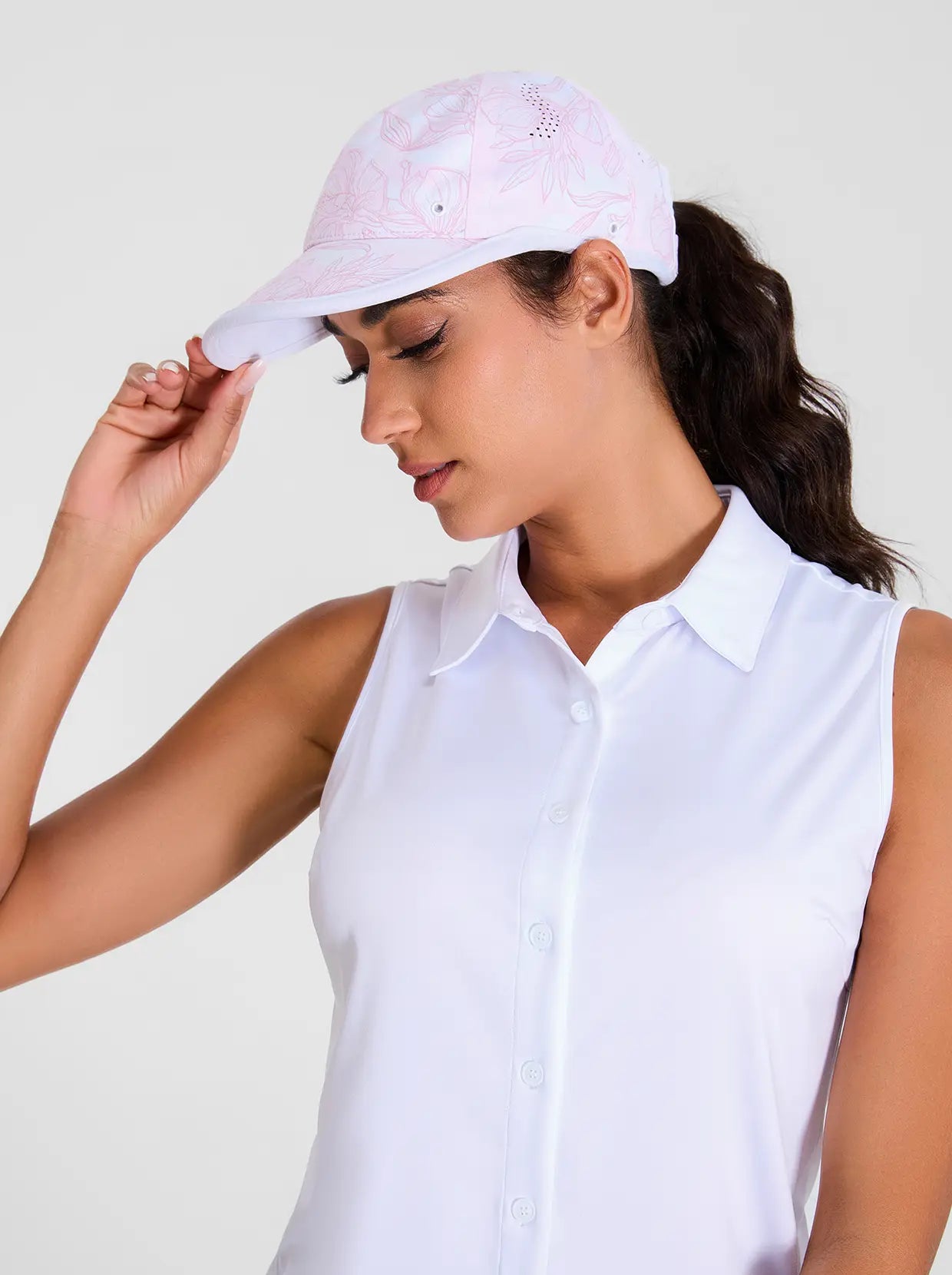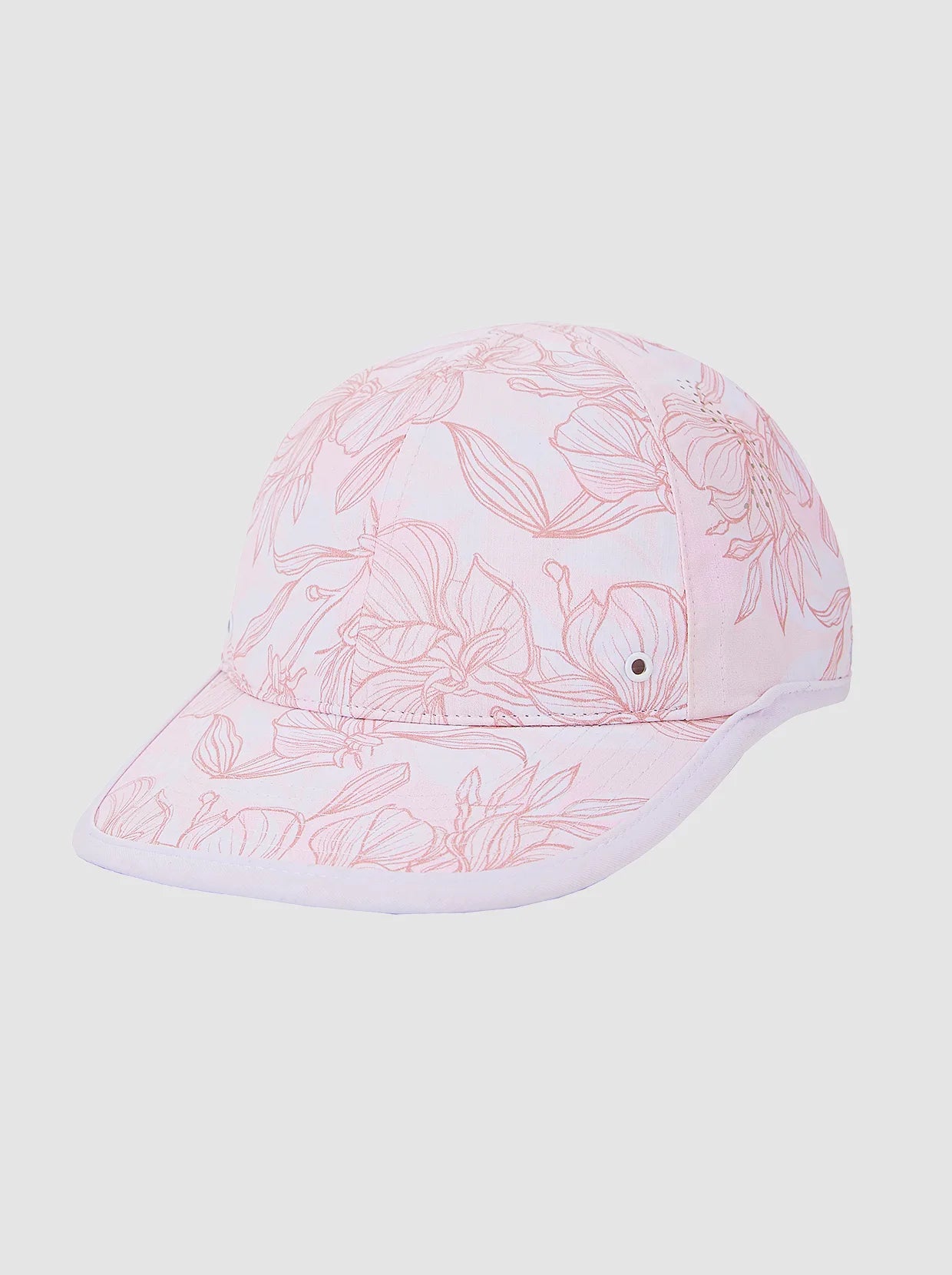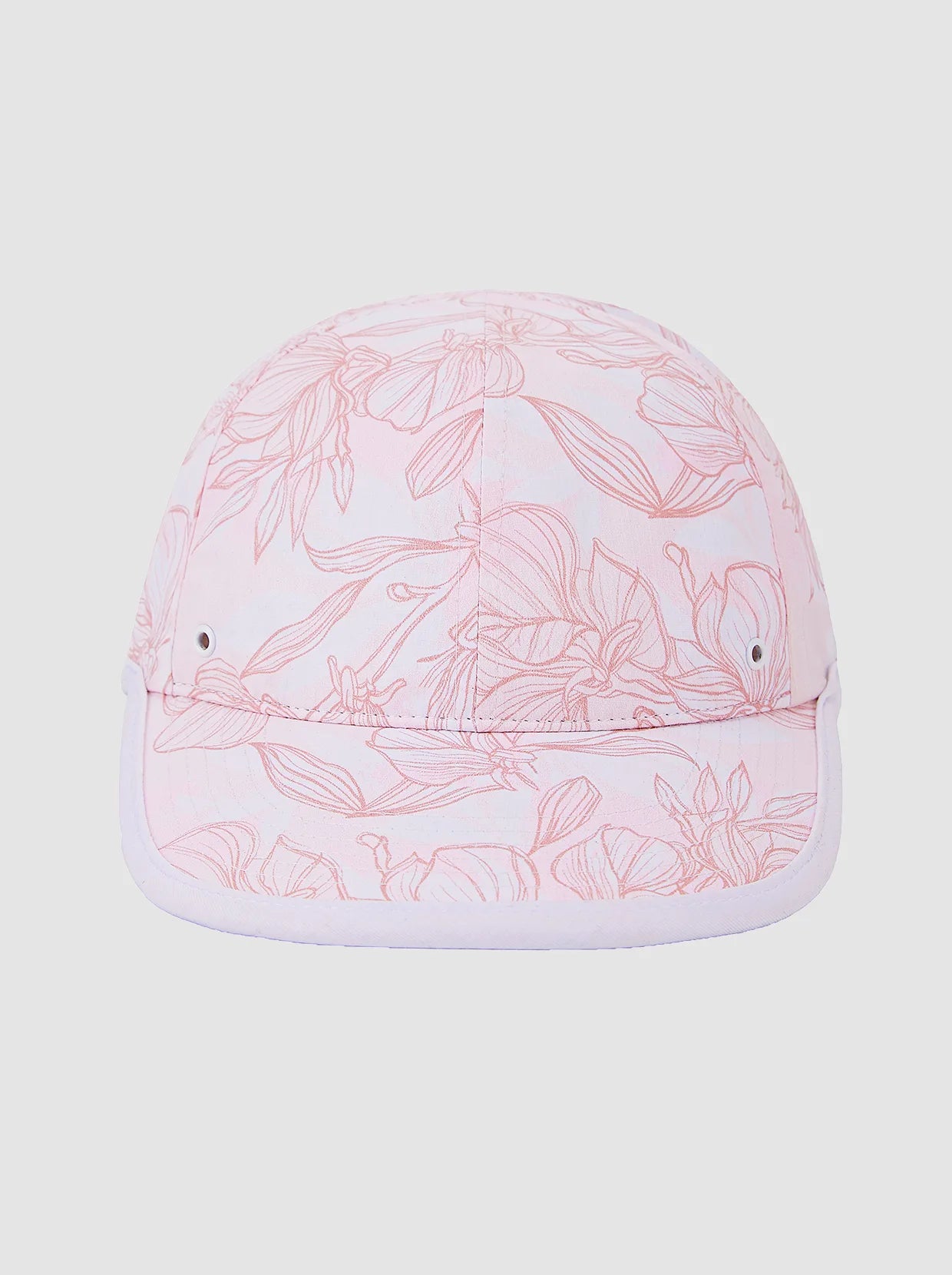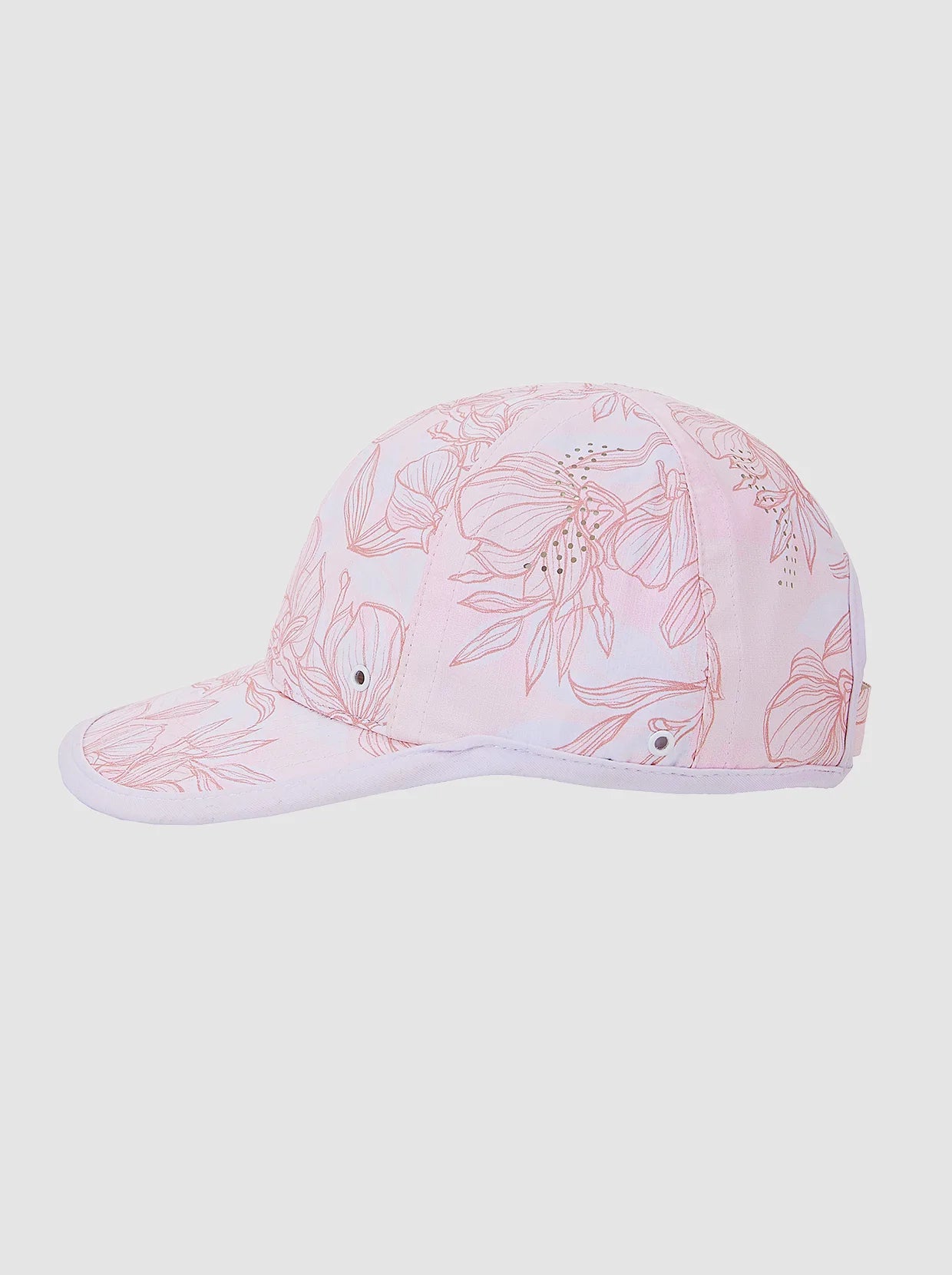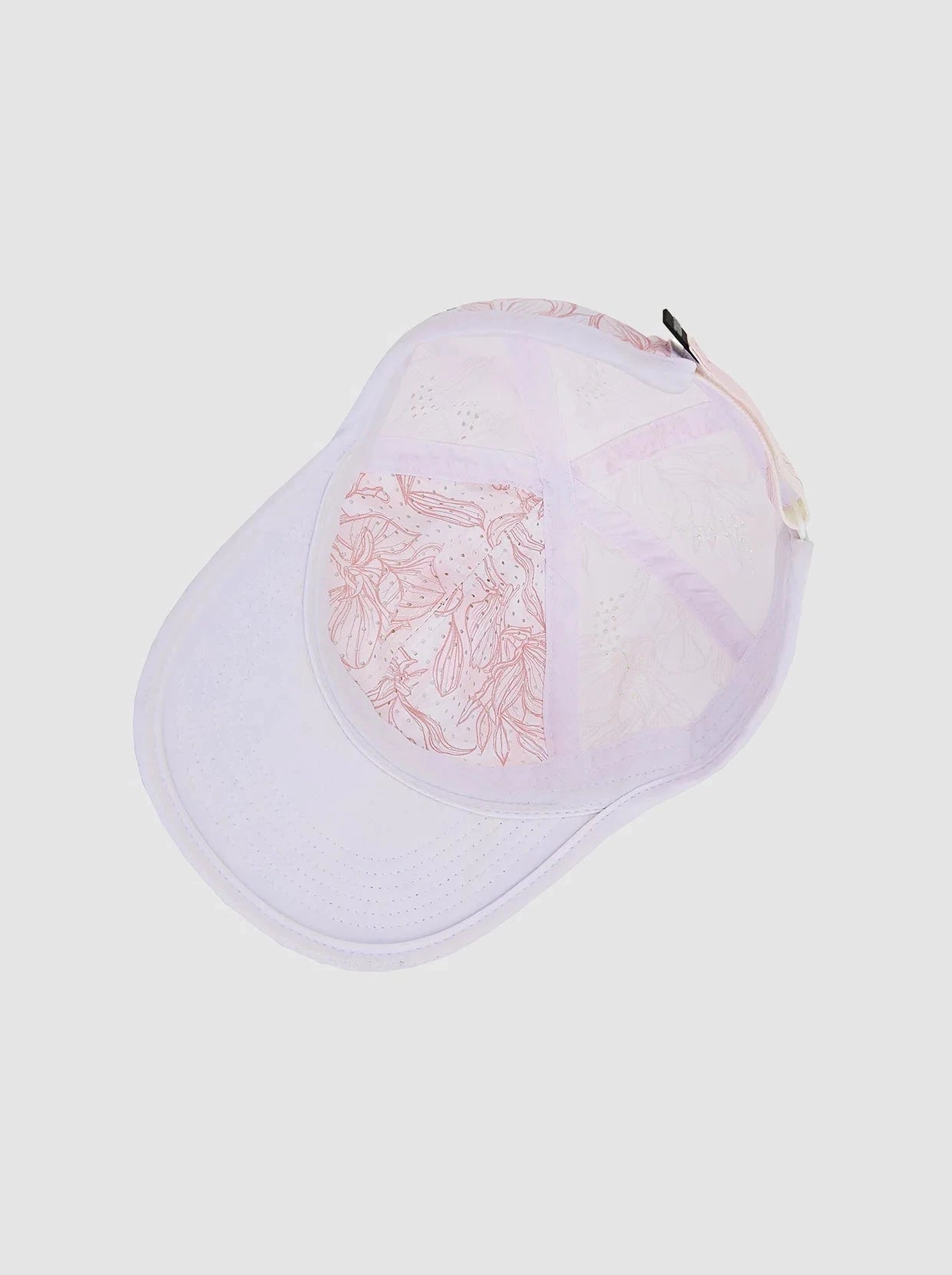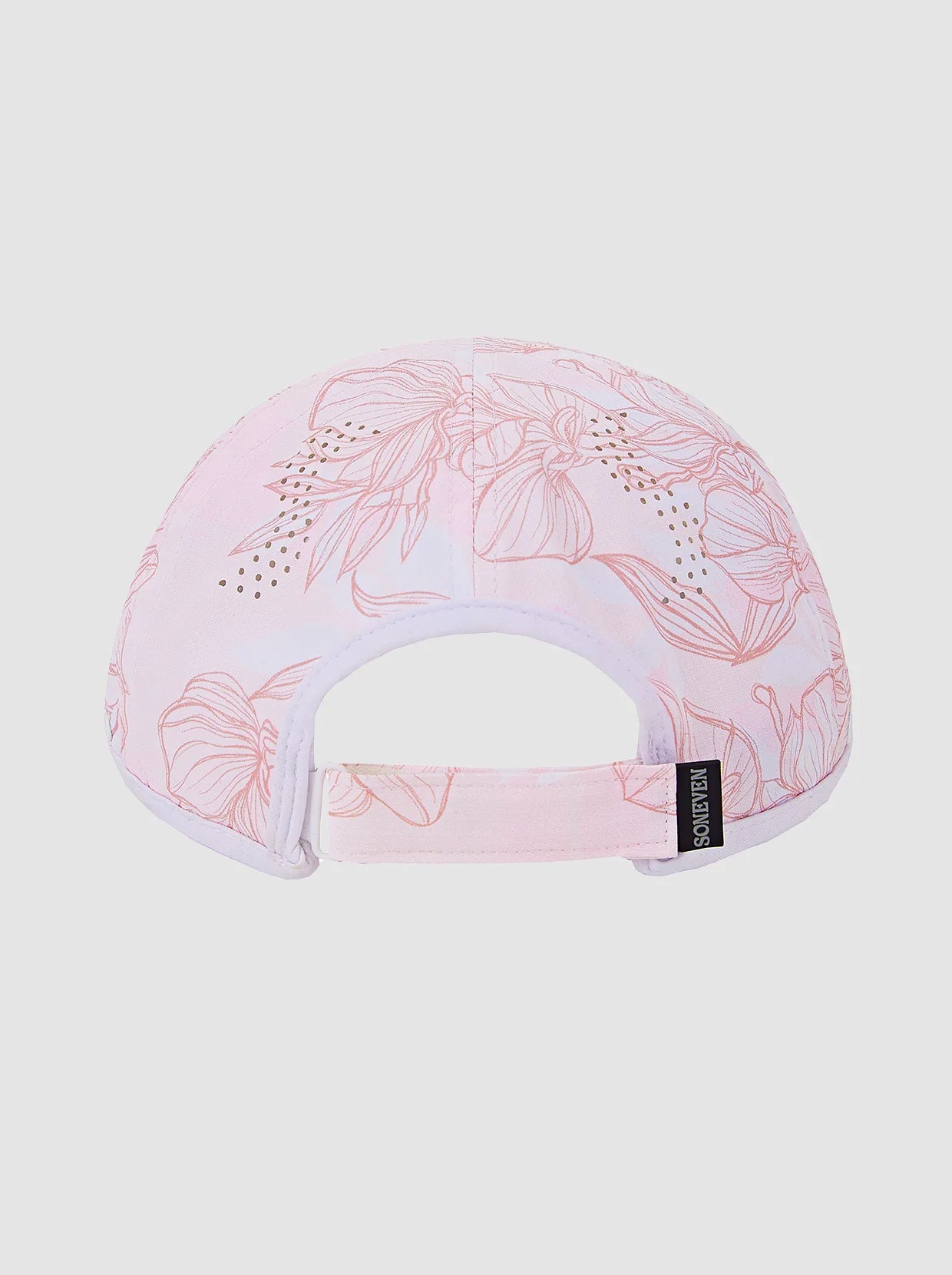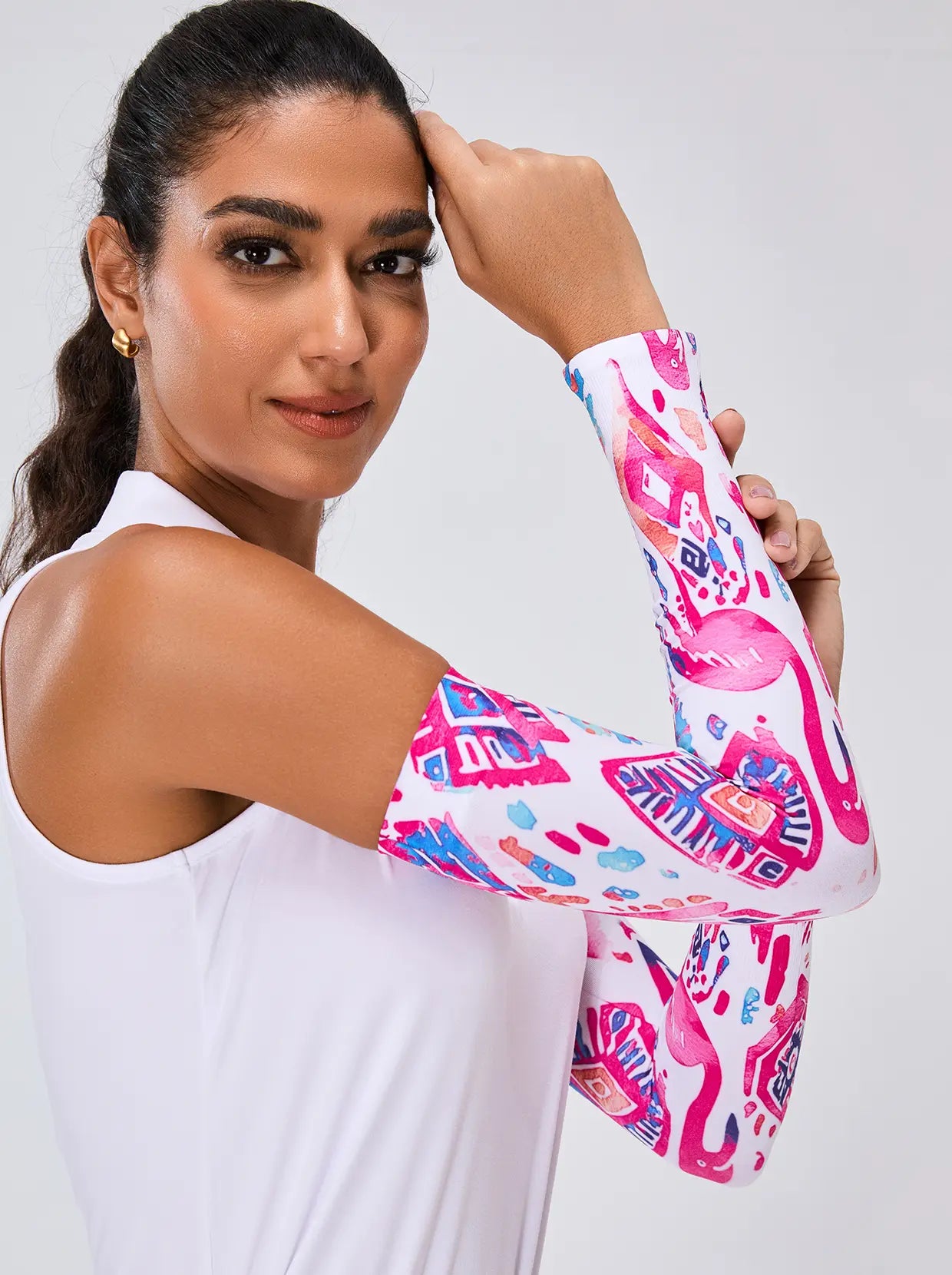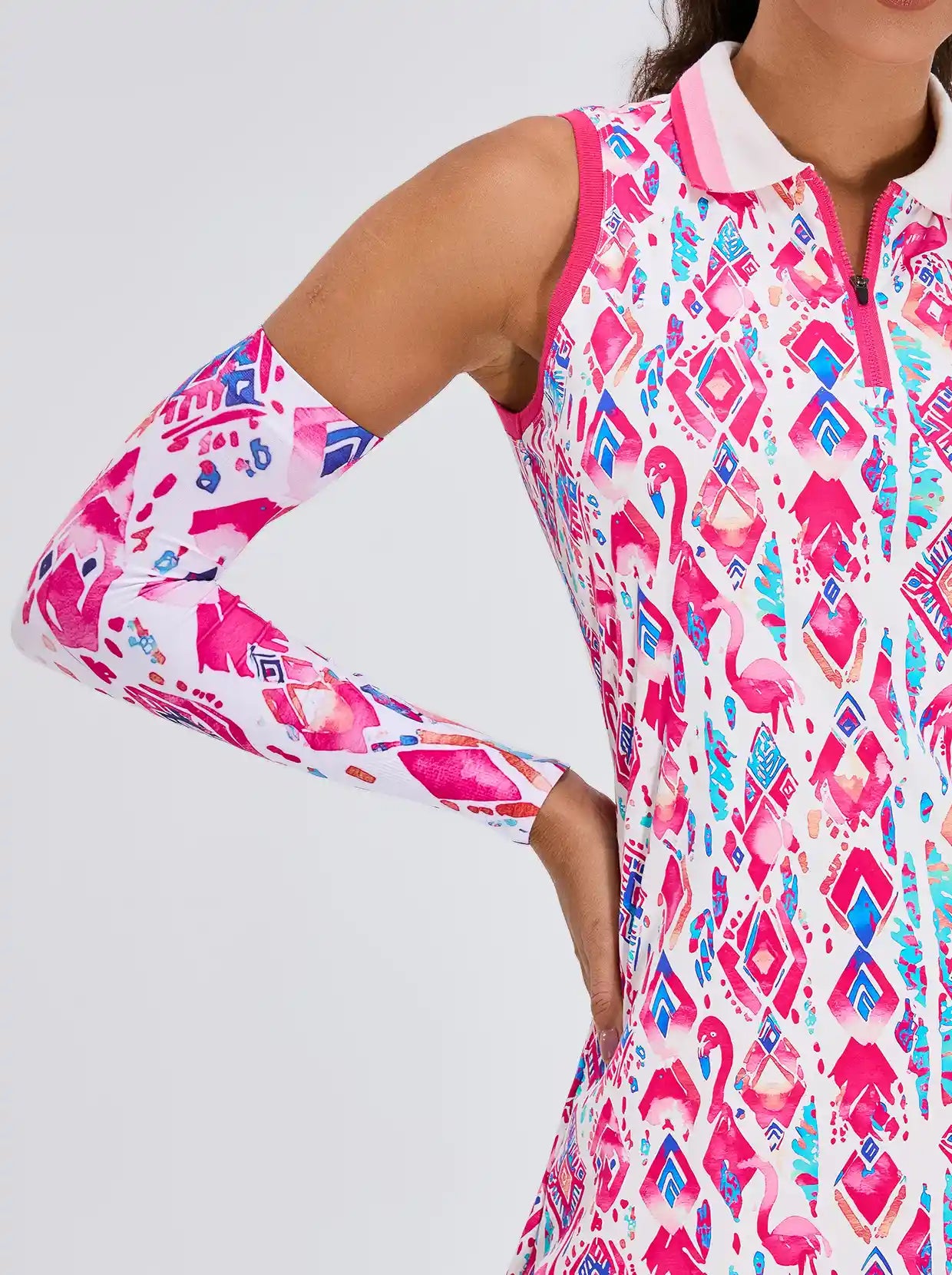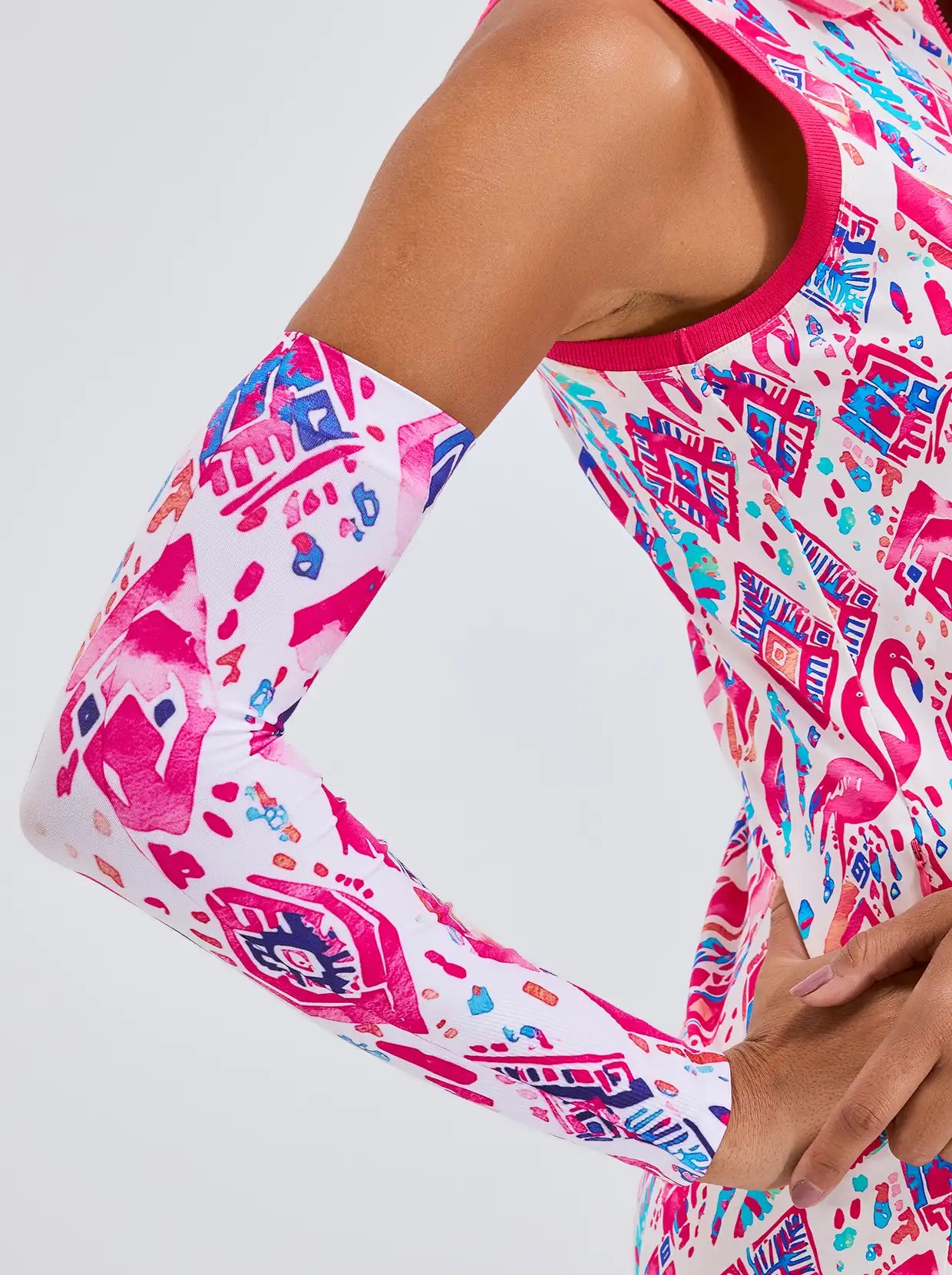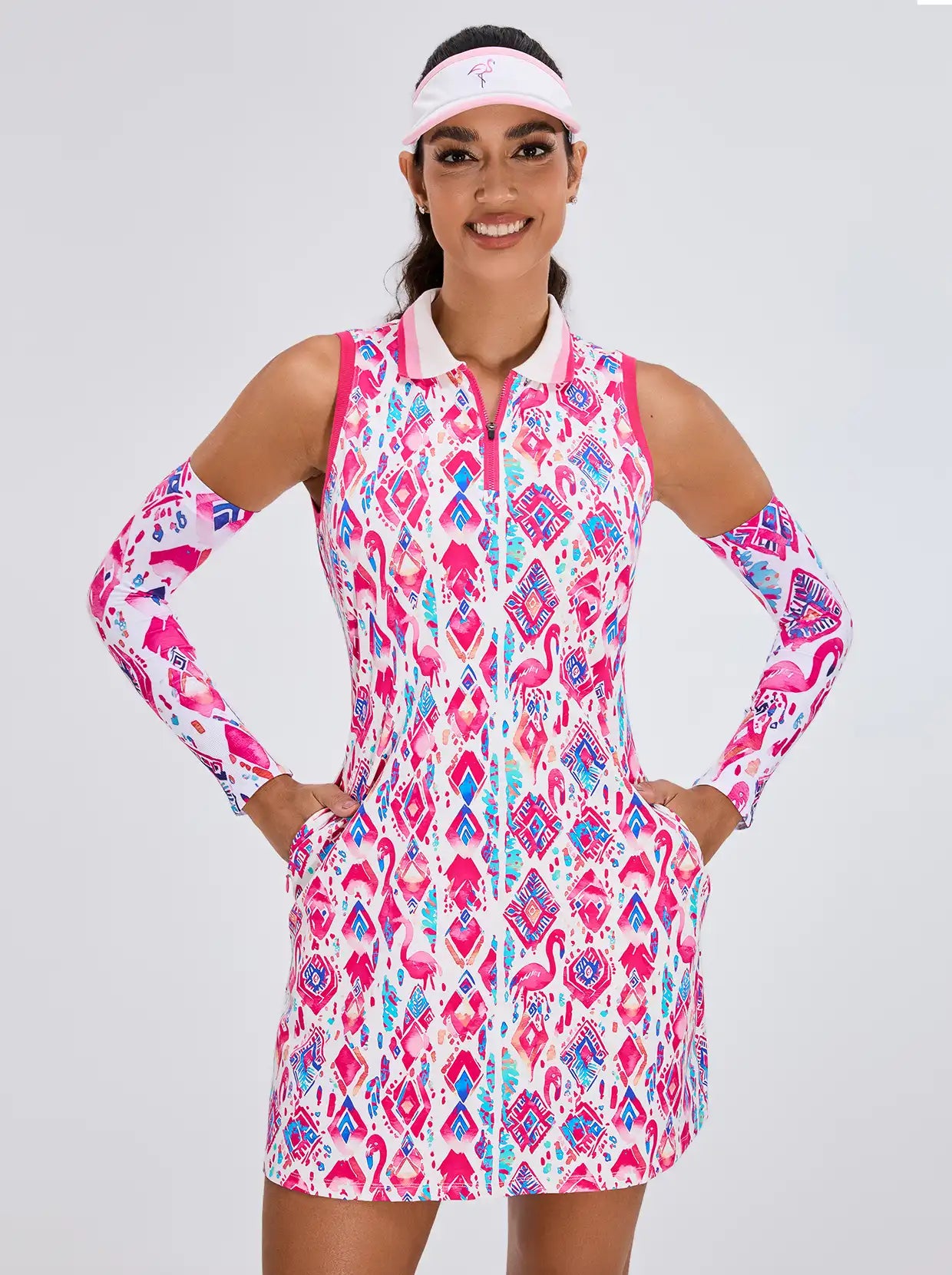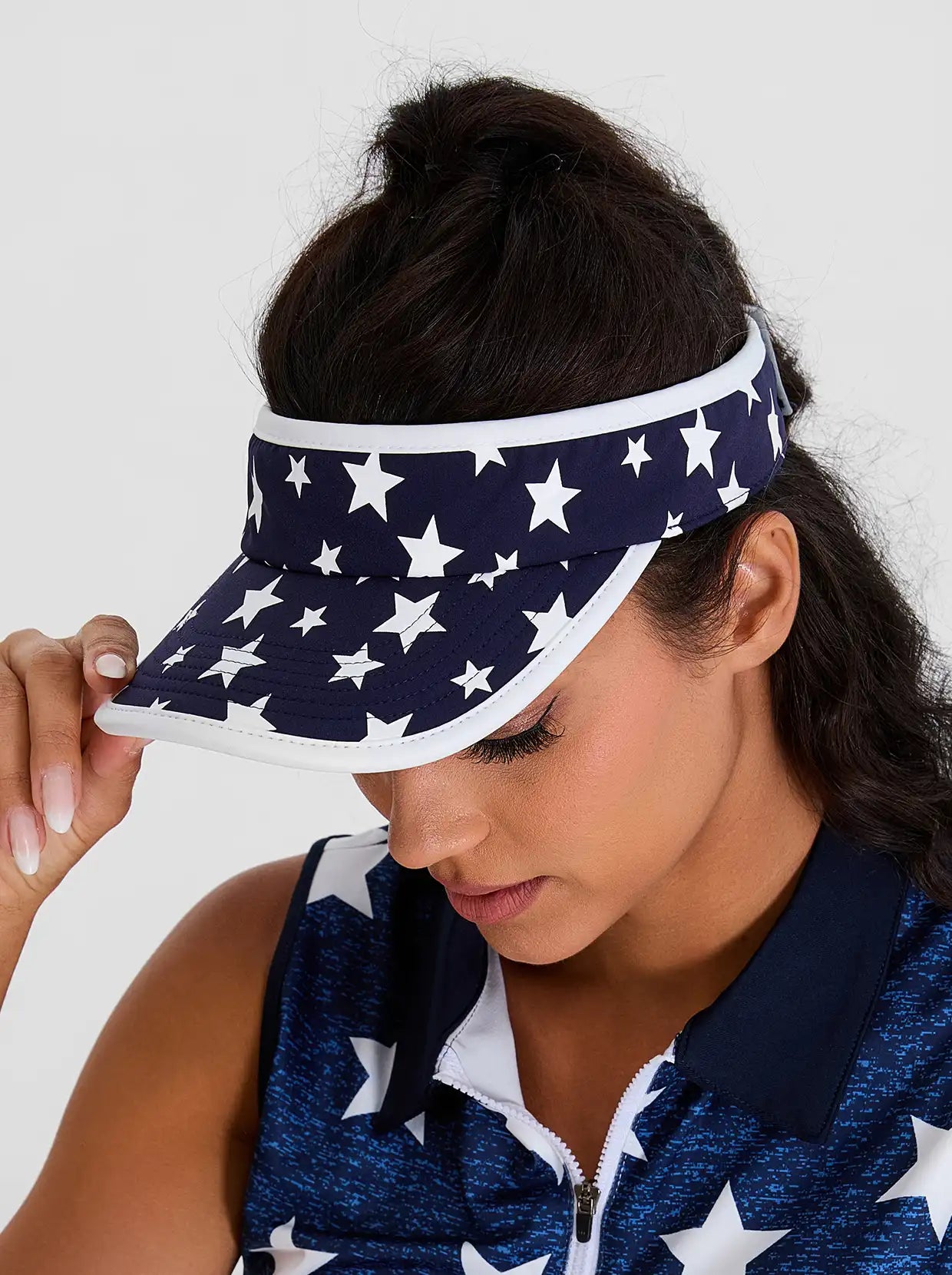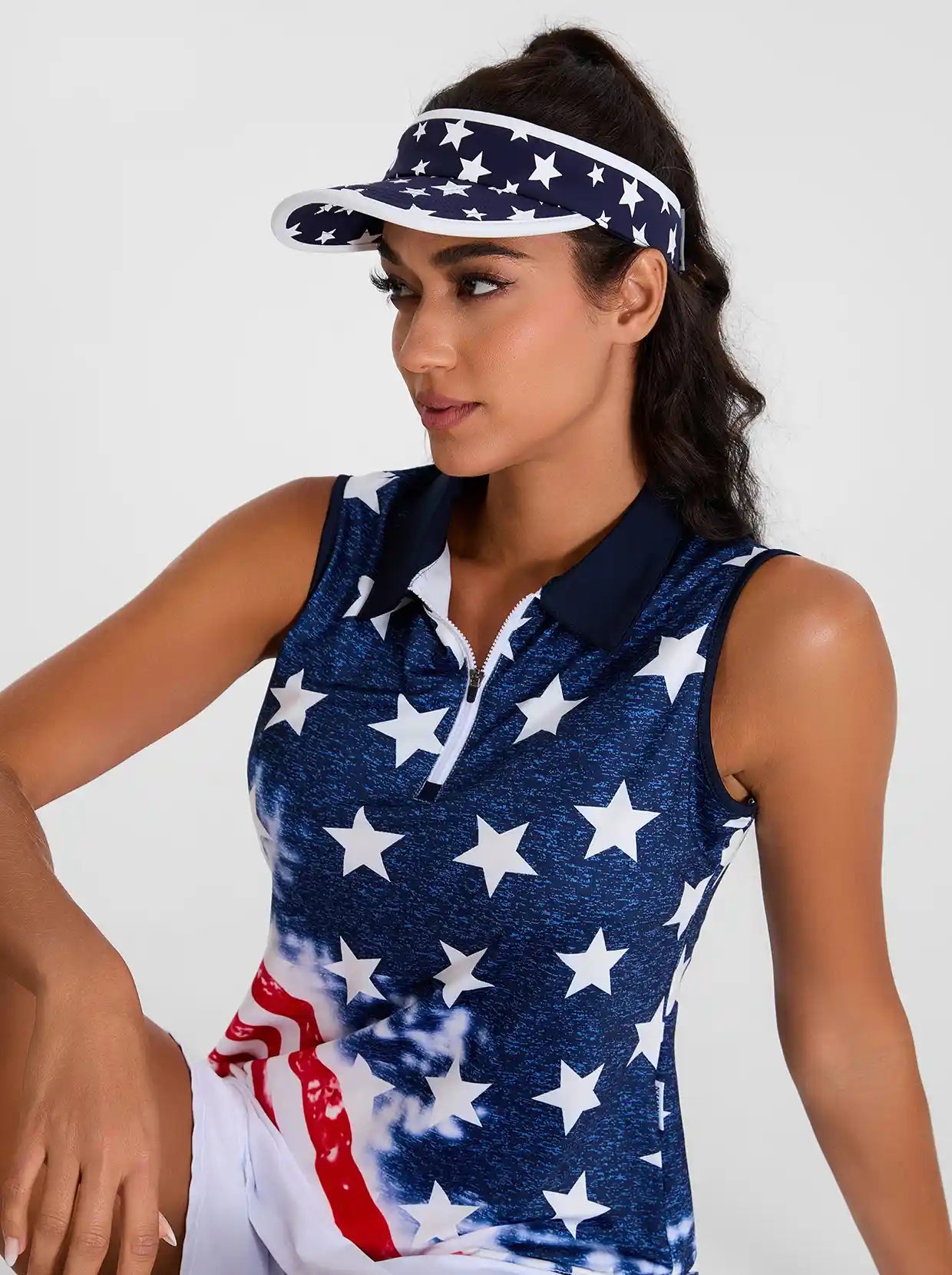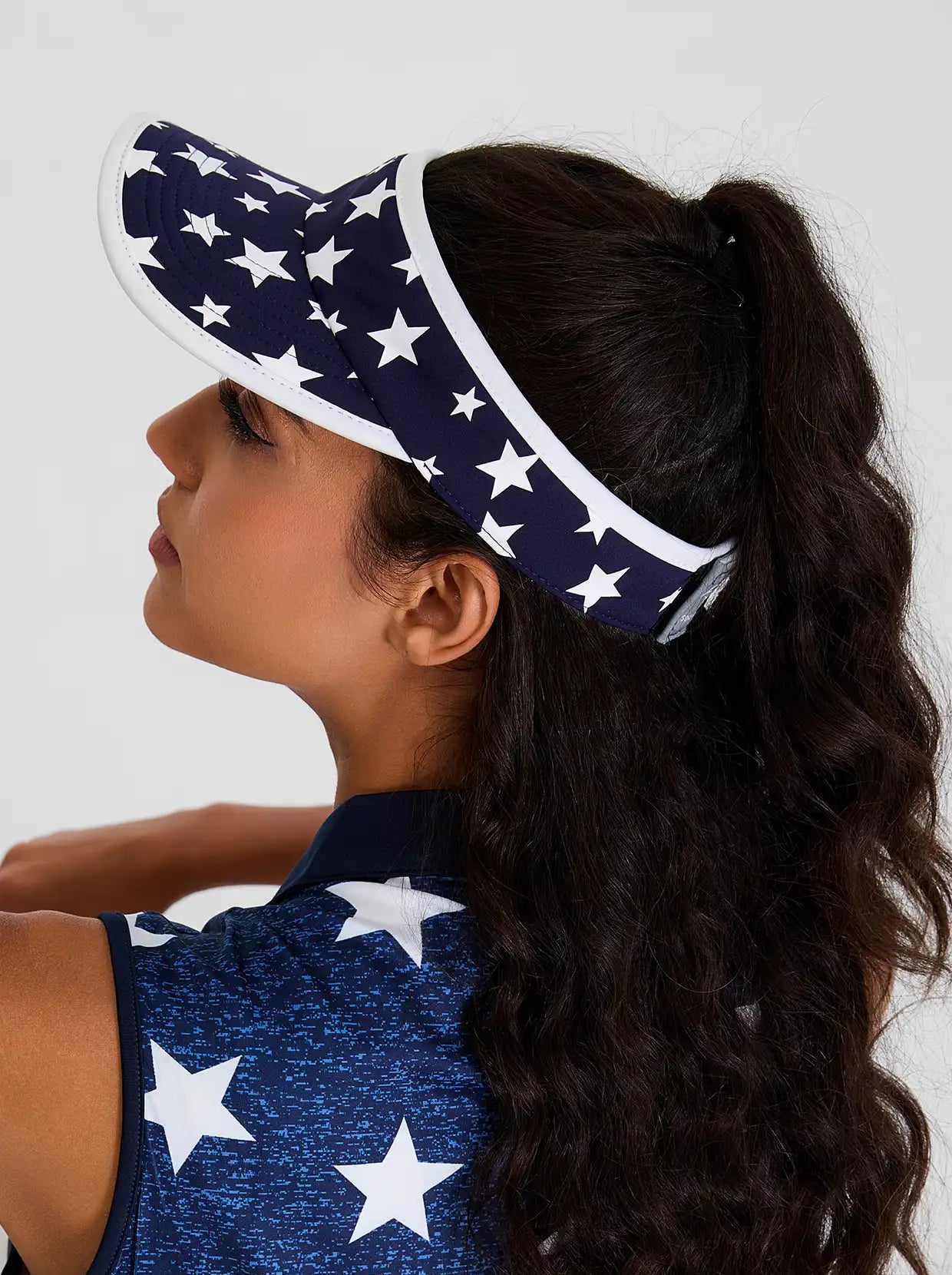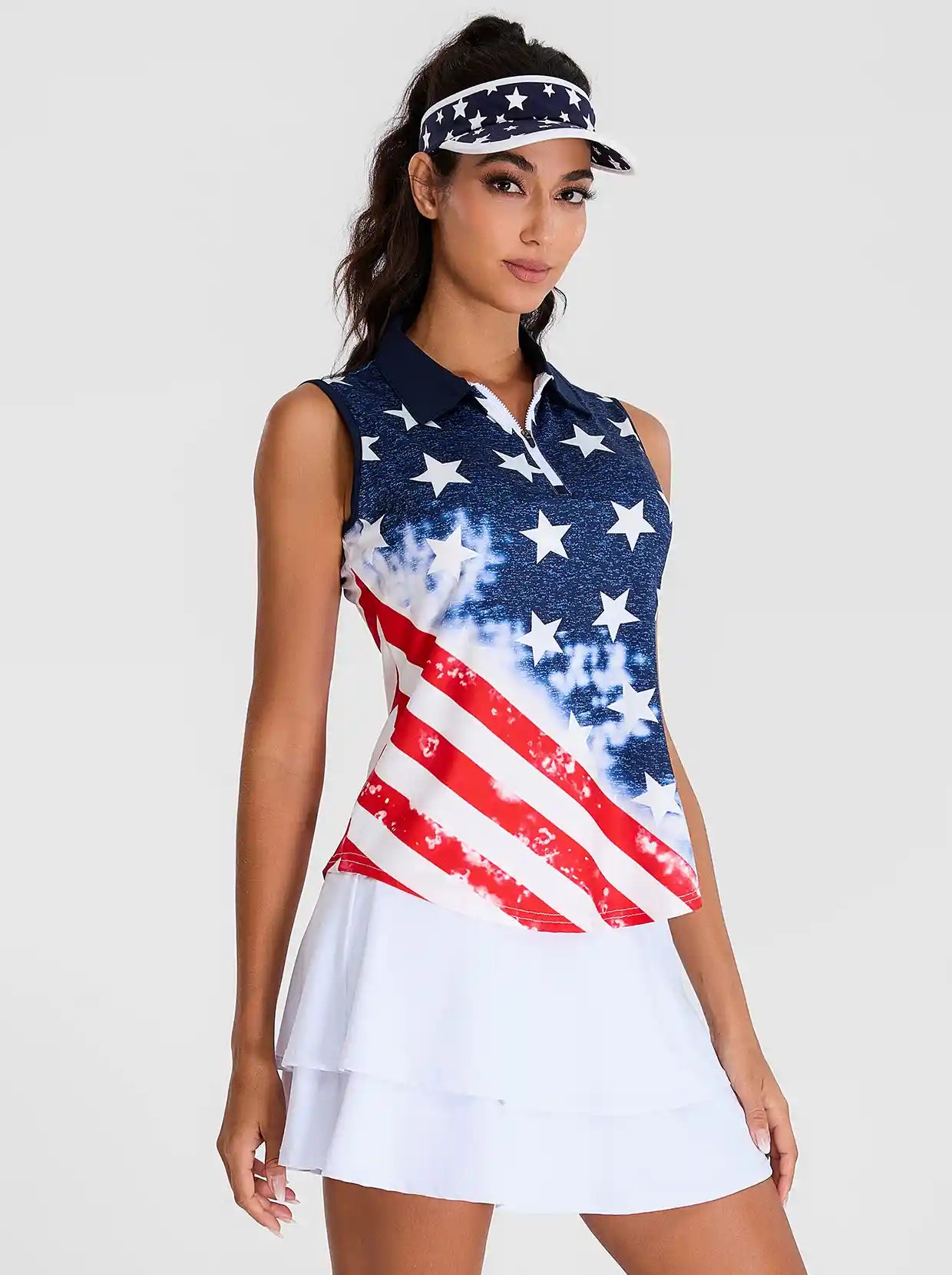Asia's diverse climates, from tropical heat to cold winters, shape the way people dress. Whether it's lightweight fabrics for the heat or layers for the cold, clothing in Asia is all about staying comfortable and adapting to the weather. In this article, we'll explore how different clothing choices help people cope with the region's varied climates.
How Is the Weather Different in Asia?
Asia's climate varies widely due to its vast size and diverse geography. In Southeast Asia, the tropical climate is characterized by high temperatures and significant humidity year-round, with a rainy season that brings frequent and heavy downpours.
Further to the east, the climate in East Asia includes four distinct seasons, ranging from cold winters to hot, humid summers. This variation significantly affects lifestyle and cultural practices in countries like China and Japan. South Asia, particularly India, experiences a monsoonal climate where the rainy season is essential for agriculture and heavily influences daily life.
To the north, regions like Siberia endure some of the world's coldest winters, contrasting sharply with the Middle East's arid conditions in western Asia. Here, rainfall is scarce, and temperatures can soar, creating extremely dry desert environments. These diverse weather patterns across Asia profoundly impact local architecture, cuisine, clothing, and overall lifestyle.
How Does the Weather in Asia Affect What People Wear?
Weather in Asia significantly influences what people wear, adapting to varied climatic conditions throughout the continent:
-
Material Choices: In the hot and humid climates of Southeast Asia, lightweight, breathable fabrics like cotton and linen are preferred to help manage heat and promote air circulation. Conversely, in cold northern regions such as Siberia, residents opt for heavier, insulating materials such as wool and thermal layers to protect against the extreme cold.
-
Clothing Styles: The design of clothing also varies with the climate. In warmer regions, loose-fitting clothes are favored as they are more comfortable and keep the body cooler. In areas with frequent rain, such as during monsoon seasons, residents may choose quick-drying and easily removable layers to cope with weather changes. Desert climates, like those in the Middle East, often see people wearing long, loose garments that cover the body to shield it from sun exposure while helping to preserve moisture.
-
Protective Gear: In regions with distinct seasonal shifts, such as East Asia, clothing includes protective accessories tailored to the season. Rainy seasons necessitate waterproof jackets and umbrellas, while cold winters call for padded jackets, gloves, and hats.
-
Cultural and Functional Considerations: Cultural preferences shape clothing choices too, merging traditional styles with functional needs tailored to local climates. For instance, the Indian saree, Japanese kimono, and Arabian thobe are styled to both honor cultural heritage and accommodate the local weather conditions.

What Type of Clothes Do They Wear in Asia?
Asia is a vast continent with a wide variety of climates, ranging from tropical heat to cold winters. Therefore, the types of clothing people wear vary by region and season. Here is a breakdown of the clothing people commonly wear in different parts of Asia:
-
Short Skirts and Light Fabrics: A-line skirts, ruffled skirts and shorts, etc. are perfect for the hot and humid climate of Southeast Asia (Thailand, Indonesia, Malaysia), making them perfect for summer in tropical areas or year-round wear.
-
Short Sleeves and Sleeveless Polos: Great for warm climates in Southeast Asia and South Asia, providing comfort and breathability in hot temperatures.
-
Women's Leggings & Skirted Leggings: Common in places like Japan and Korea, women's leggings are great for layering in cooler weather, while skirted leggings offer extra coverage and comfort in warmer climates.
-
Long-Sleeve and Long-Sleeve Polo Shirts: Long-sleeve polos are comfortable and breathable and suitable for the cooler weather of spring and fall in East Asia (China, Japan, Korea).
-
Rain Jackets and Umbrellas: Essential for the monsoon season in Southeast and South Asia (e.g., India, Vietnam, Thailand), ideal for staying dry during heavy rain from June to September.
-
Loose, Long Robes (E.G., Thobe, Abaya): Worn in hot, dry climates like the Middle East and Central Asia (e.g., Saudi Arabia, UAE, Uzbekistan), these garments offer sun protection while keeping the body cool.
-
Padded Jackets and Thermal Layers: Warm clothing is essential in winter in colder regions such as northern China, Mongolia, and Siberia. For example, lady thermal wear can be worn in layers to protect against severe cold and strong winds.
-
Layered Clothing (E.G., Cardigans, Thin Jackets): Perfect for spring and autumn in regions with transitional weather like Japan, Korea, and parts of China and India, offering flexibility as temperatures change.
How Does Clothing in Asia Adapt to the Weather?
Lightweight, Breathable Fabrics
In tropical, humid regions such as Southeast Asia, clothing is made of lightweight, breathable fabrics such as cotton, linen, and bamboo. These materials allow air to circulate, keeping the body cool in hot, humid environments. For example, in countries such as Thailand and Indonesia, people often wear loose-fitting clothing such as dresses, a-line skirts, and sarongs to stay comfortable in hot weather.
Dress in Layers to Adapt to Seasonal Changes
In parts of East Asia and South Asia, the climate is cold in winter and hot in summer, and people adapt to the climate by dressing in layers. For example, in China, Japan, and South Korea, people wear lighter clothing in the summer, such as sleeveless polo shirts or other types of skirts, and switch to thicker clothing in the winter, such as wool sweaters, cotton jackets, and scarves to stay warm and comfortable.
Rain Protection
During the monsoon season in Southeast and South Asia, clothing needs to protect against heavy rain. People often wear waterproof outerwear such as raincoats and ponchos, as well as quick-drying fabrics. Umbrellas are also a must-have accessory, and people often choose clothing made of synthetic materials that dry quickly and don't absorb as much water.
Sun Protection
In tropical and desert regions such as Southeast Asia and the Middle East, people wear clothing to protect against the strong sun. People wear long-sleeved shirts, wide-brimmed hats, and loose-fitting clothing to protect their skin from harmful UV rays. In desert climates such as the Middle East, traditional clothing such as robes and abayas are meant to cover the body while allowing air to circulate, helping people stay cool while protecting themselves from the sun.
Winter Clothing
In colder regions such as northern China, Mongolia, and Siberia, people wear clothing to keep warm. People wear thick coats, fur jackets, thermal underwear, and warm boots to protect against the cold. Materials such as wool, fur, and down are often used for warmth. In cities such as Beijing or Ulaanbaatar, wearing thick clothing is a must for staying warm during severe winters.
Cultural Adaptability
Cultural customs also influence how clothing adapts to the weather. For example, the South Asian "kurta" not only has cultural significance but is also designed to be well-ventilated and suitable for hot weather. Similarly, the Japanese "kimono" is traditionally made of silk for warm climates, but can also be paired with thicker fabrics for colder weather.

What Should I Wear in Different Seasons When Traveling in Asia?
When you plan to travel to tropical Southeast Asia, such as Thailand and Indonesia, where the climate is hot and humid, it is recommended that you wear light and breathable clothing such as cotton skirts, dresses, and shorts, which you can buy at SONEVEN. It is also recommended to wear a hat, sandals, and a waterproof jacket or umbrella for the rainy season.
If you plan to travel to East and South Asia, you need to prepare light clothing in the summer, but the winter can be cold, especially in northern areas such as Beijing or Seoul. In the colder months, you need to prepare warm outerwear such as women's thermal underwear, down jackets, and scarves. Boots are a must to stay comfortable.
For Central Asia and the Middle East, it is recommended that you wear loose and breathable clothing in the summer to protect against the sun. In the winter, you need to bring a thick coat and warm shoes to cope with the cold weather. In addition, in the Middle East, robes such as kaftans or abayas can protect against the sun and are breathable.
Conclusion
Clothing in Asia adapts to the region's many climates, with lightweight fabrics for hot weather, multiple layers for seasonal changes, and protection from the sun and rain. These choices help people stay comfortable and prepared for varying weather conditions across the continent.
On the other hand, the climate in North America varies significantly, so clothing choices should be tailored to the season and region. In winter, it is recommended to wear heavy coats, sweaters, and gloves. Spring and autumn are ideal for jackets and long sleeves, while summer calls for short sleeves and shorts to stay cool. For instance, in Kansas City, people can play golf year-round, but winter requires warm gear, and summer demands sun protection and breathable clothing.
Related Reading: How Does the Way a Hippie Dress Affect the Weather?











